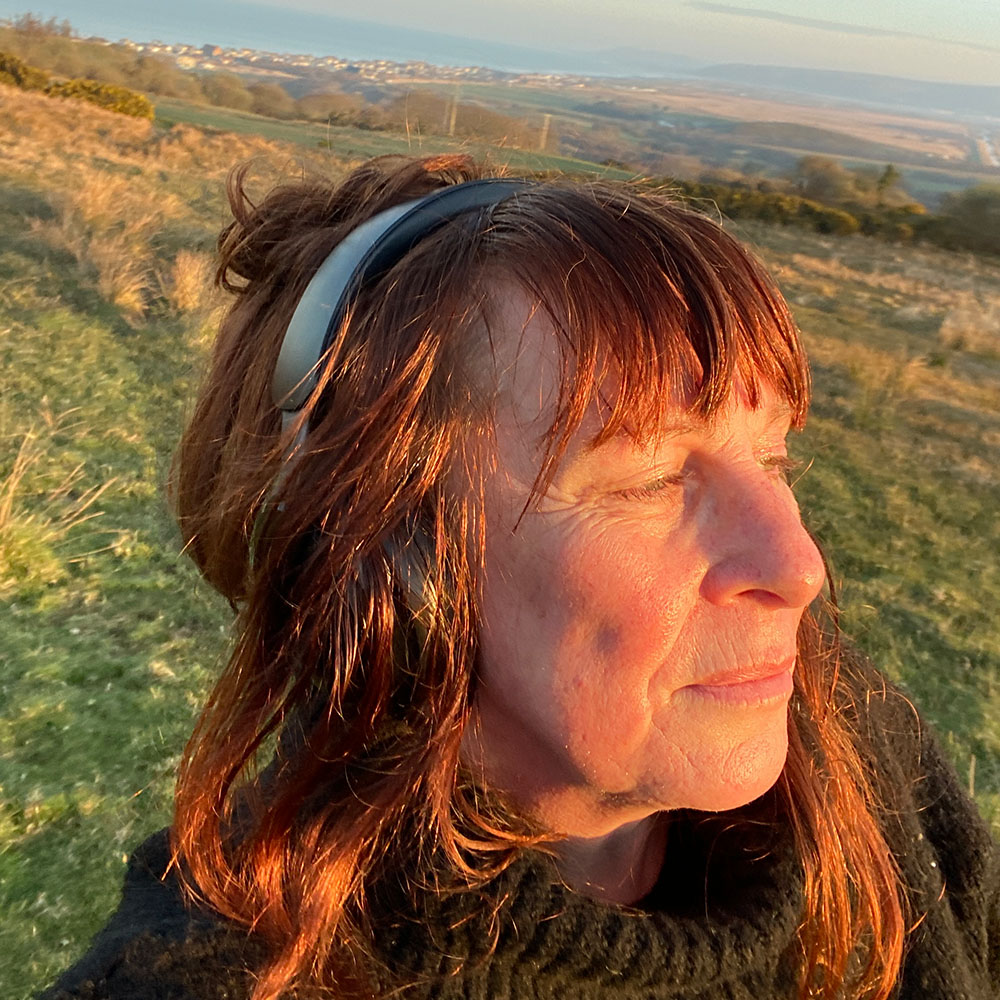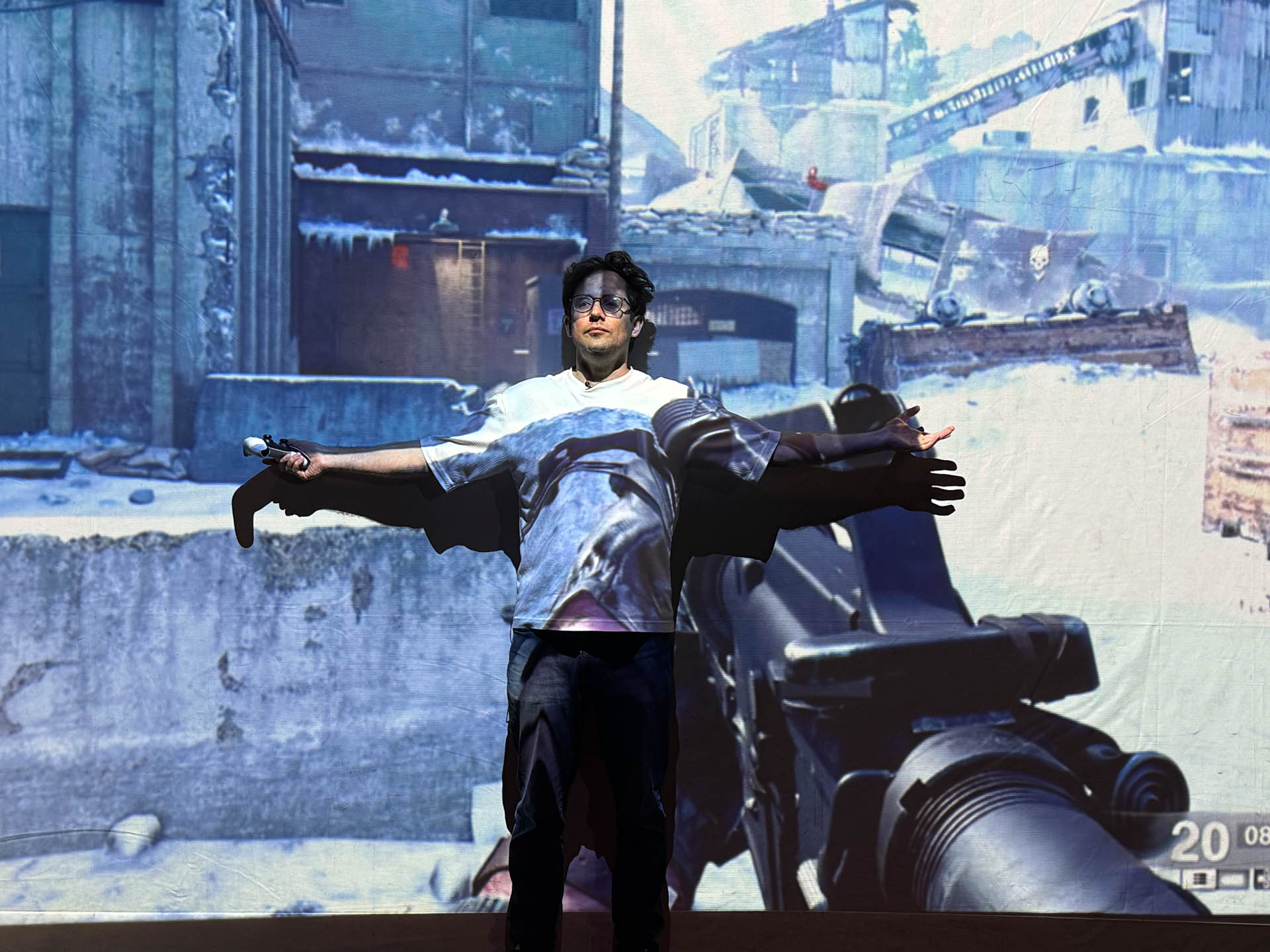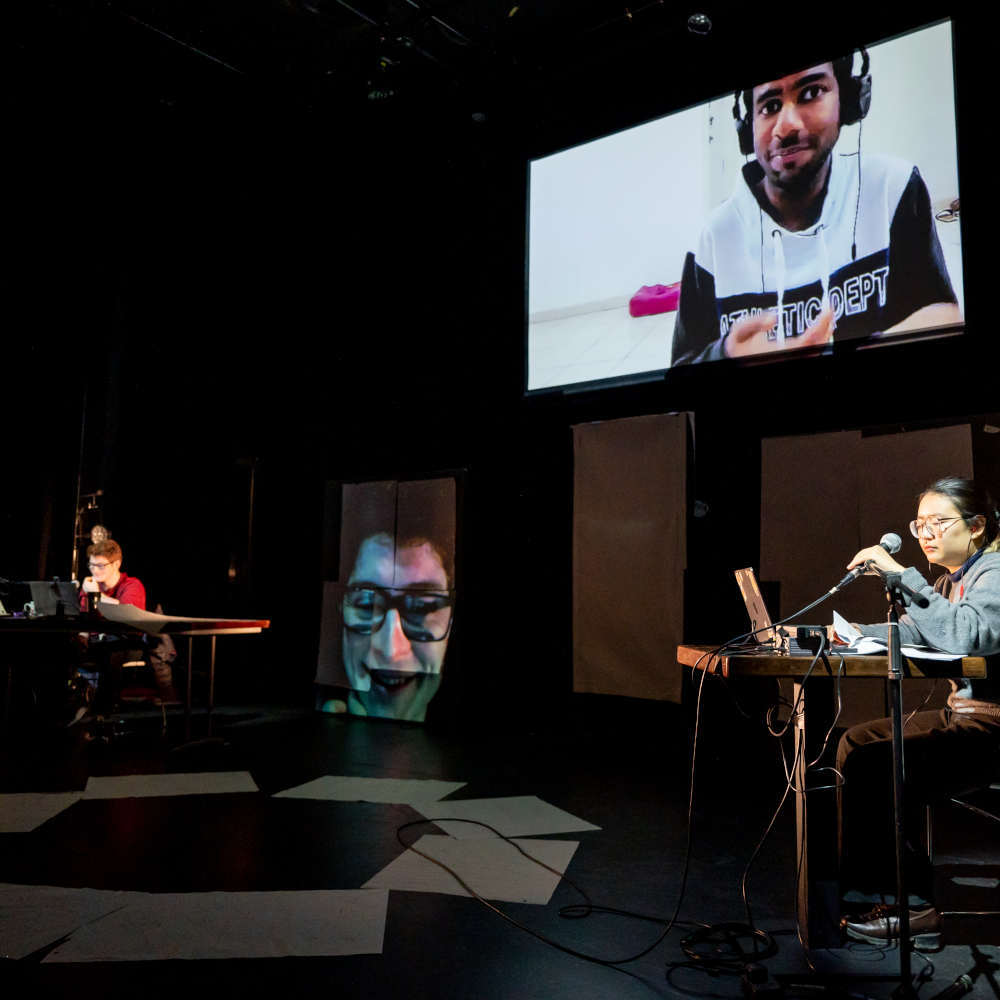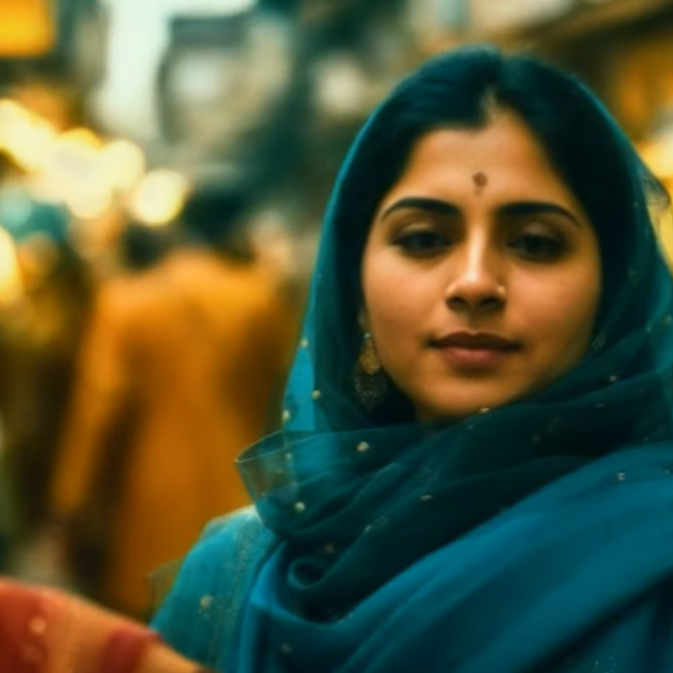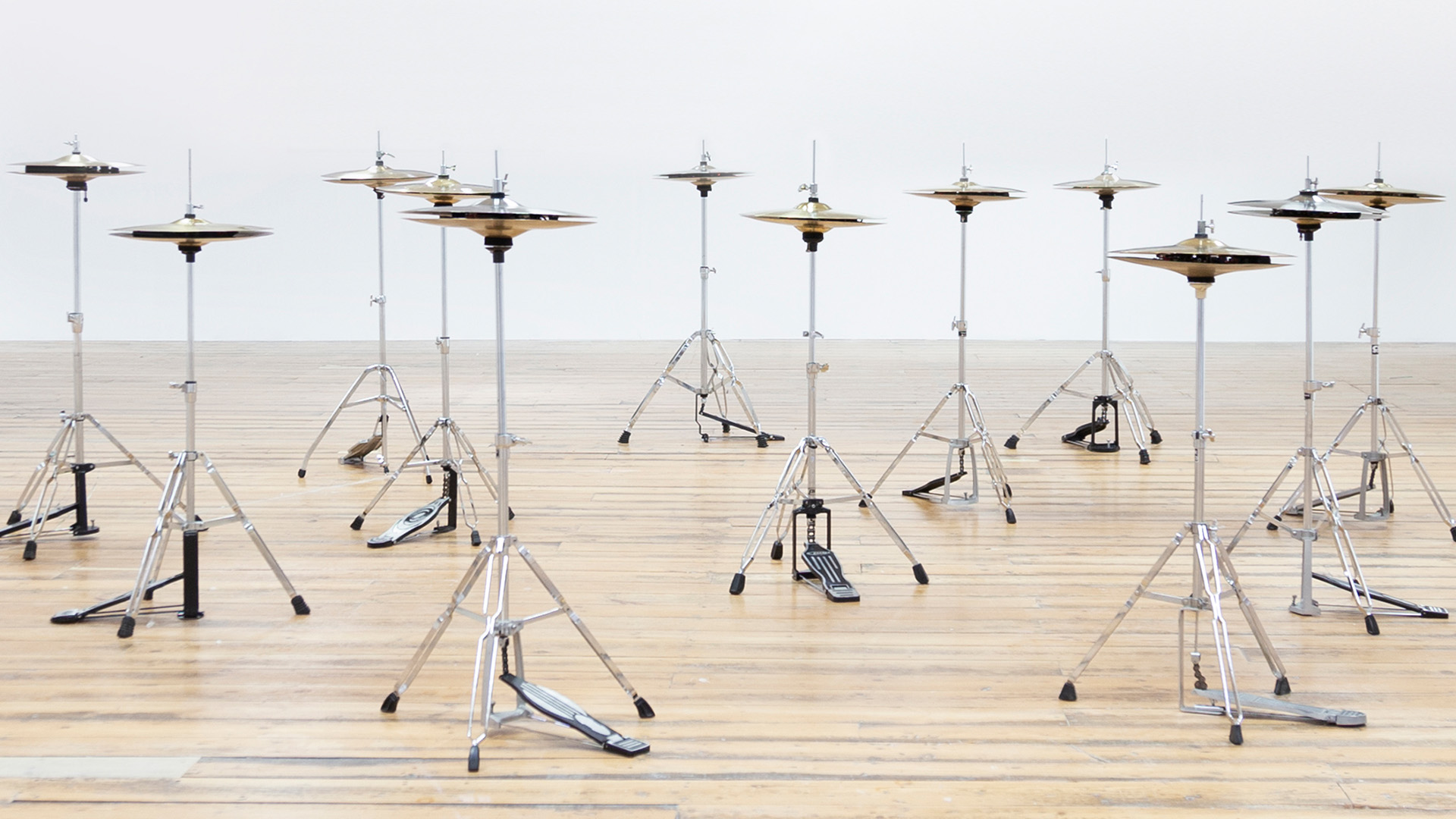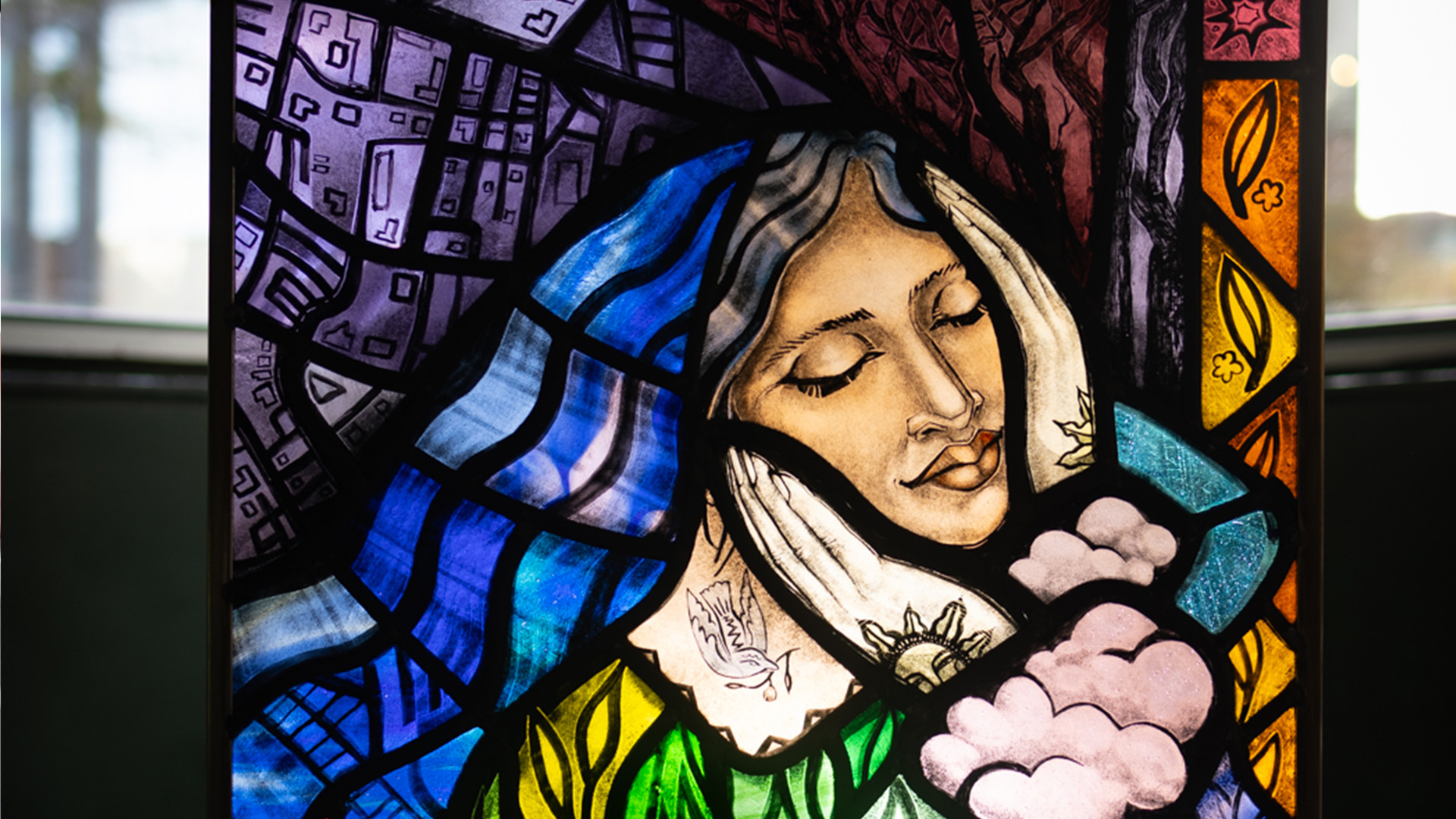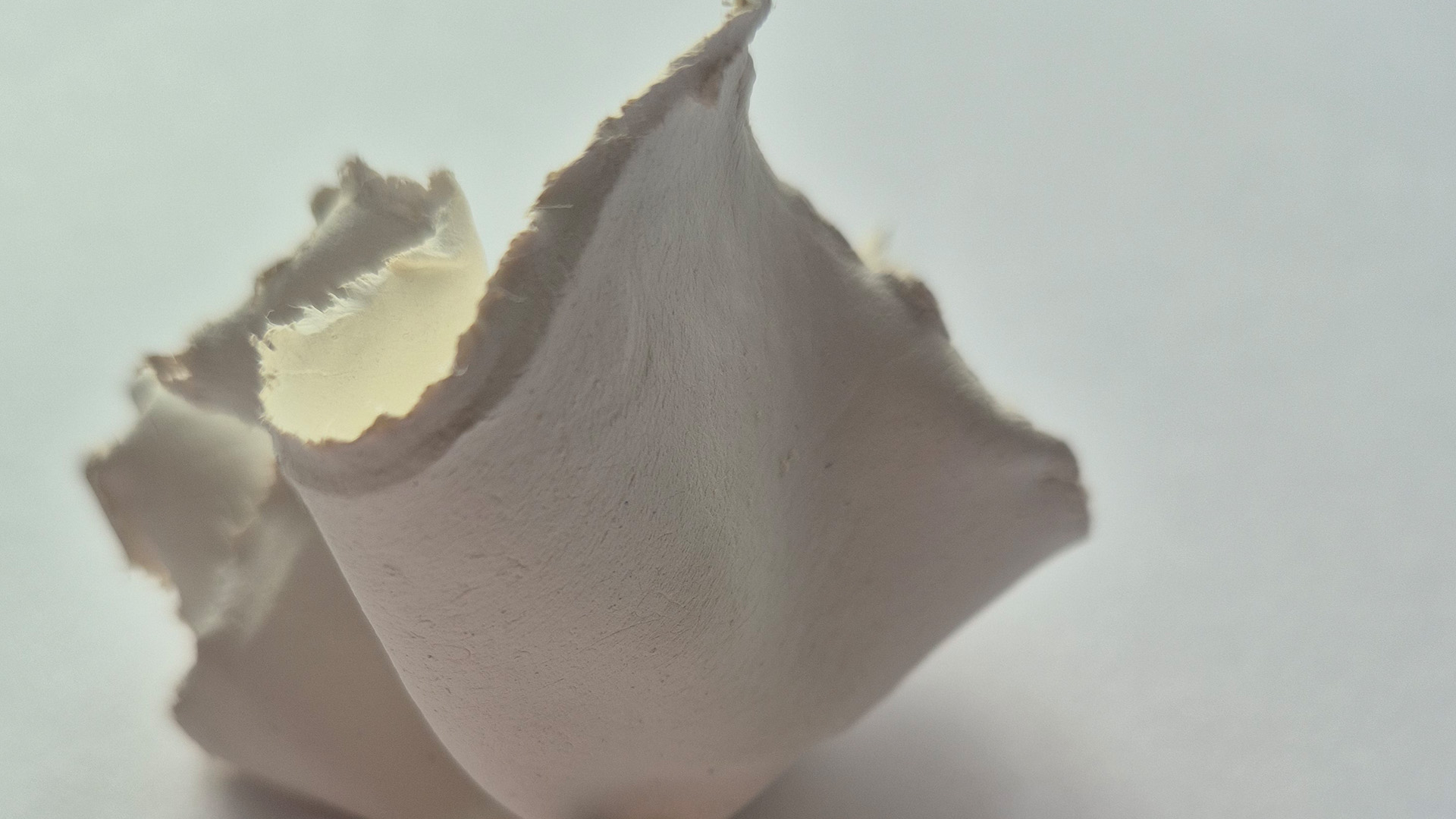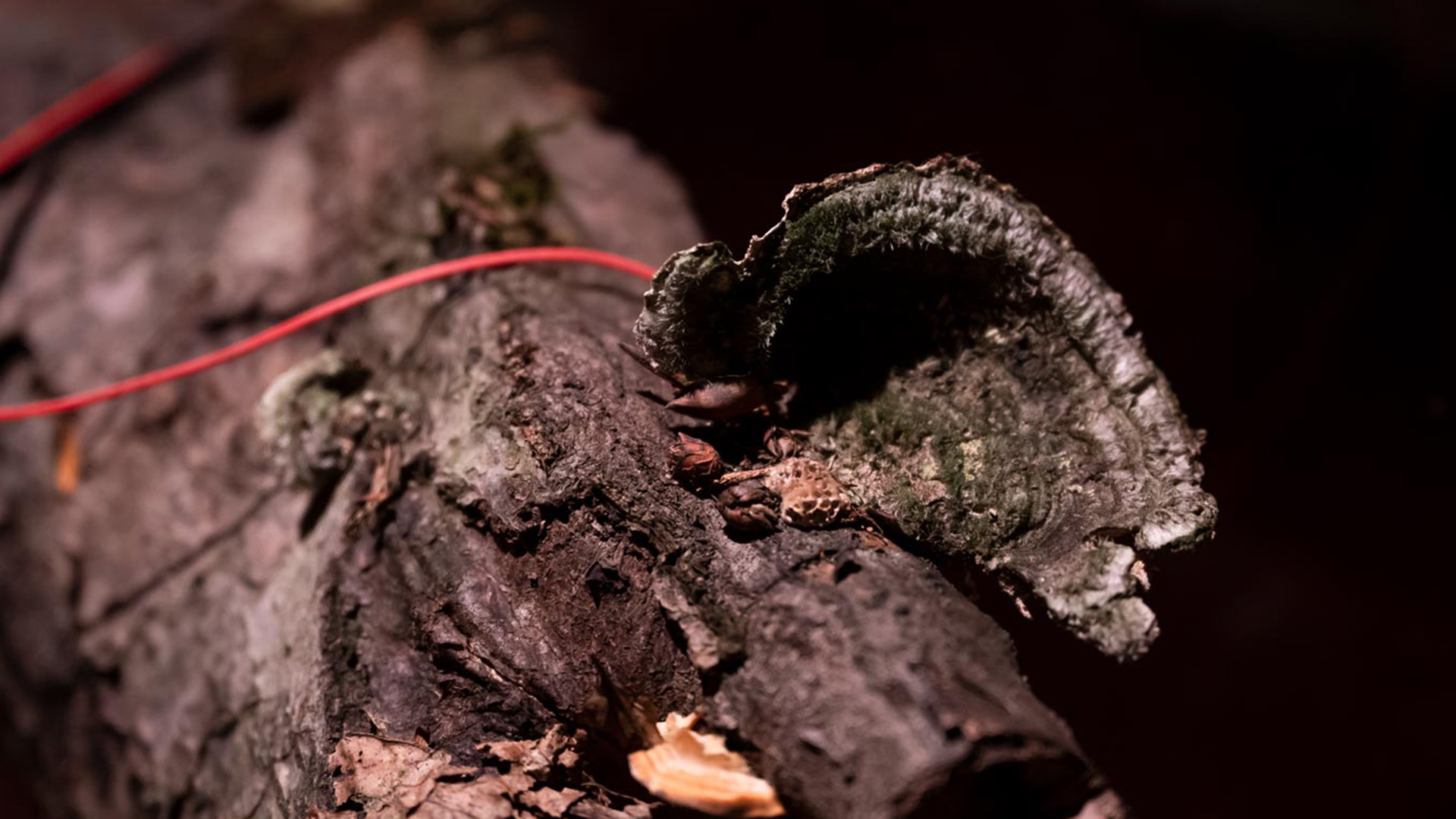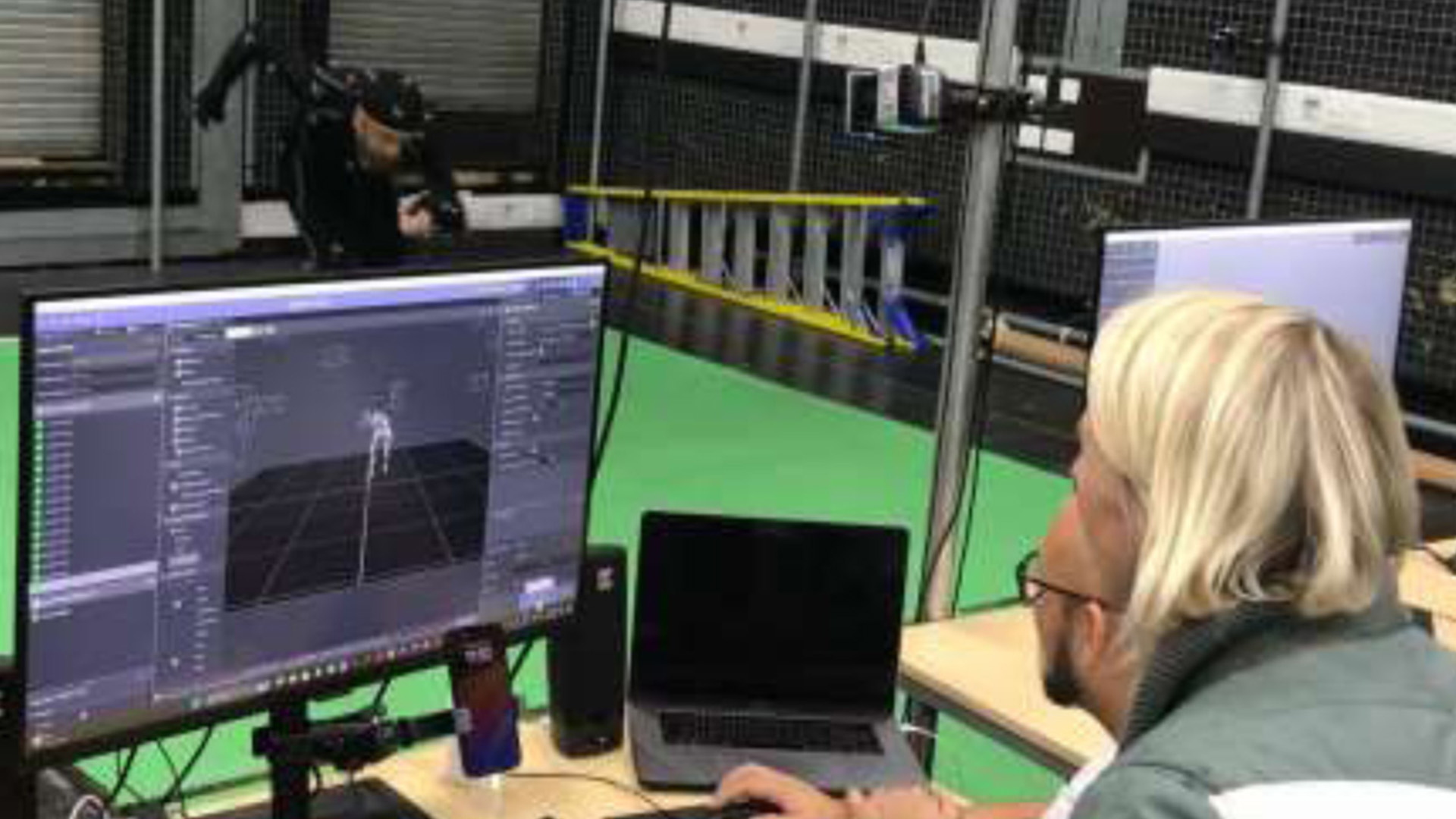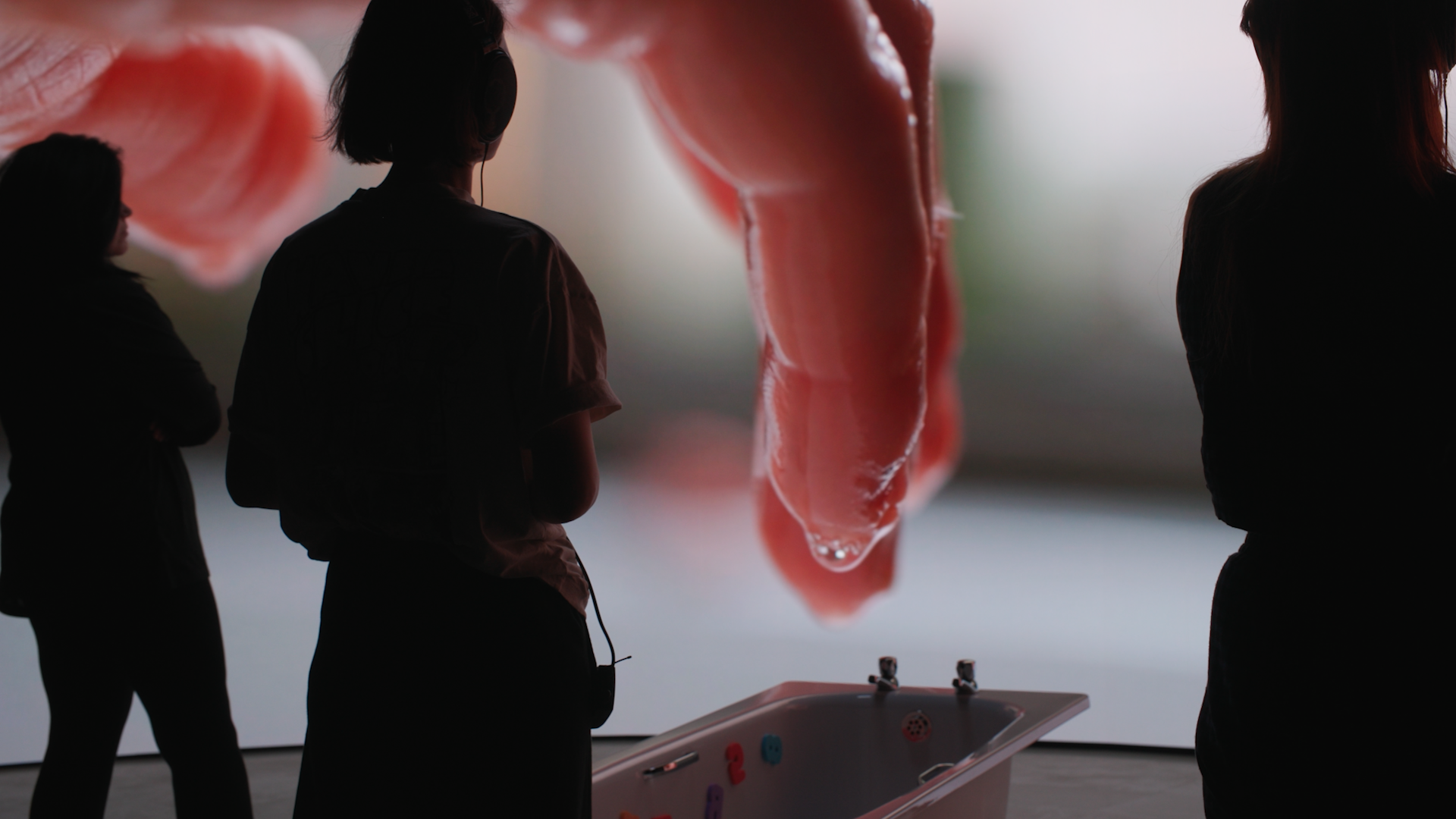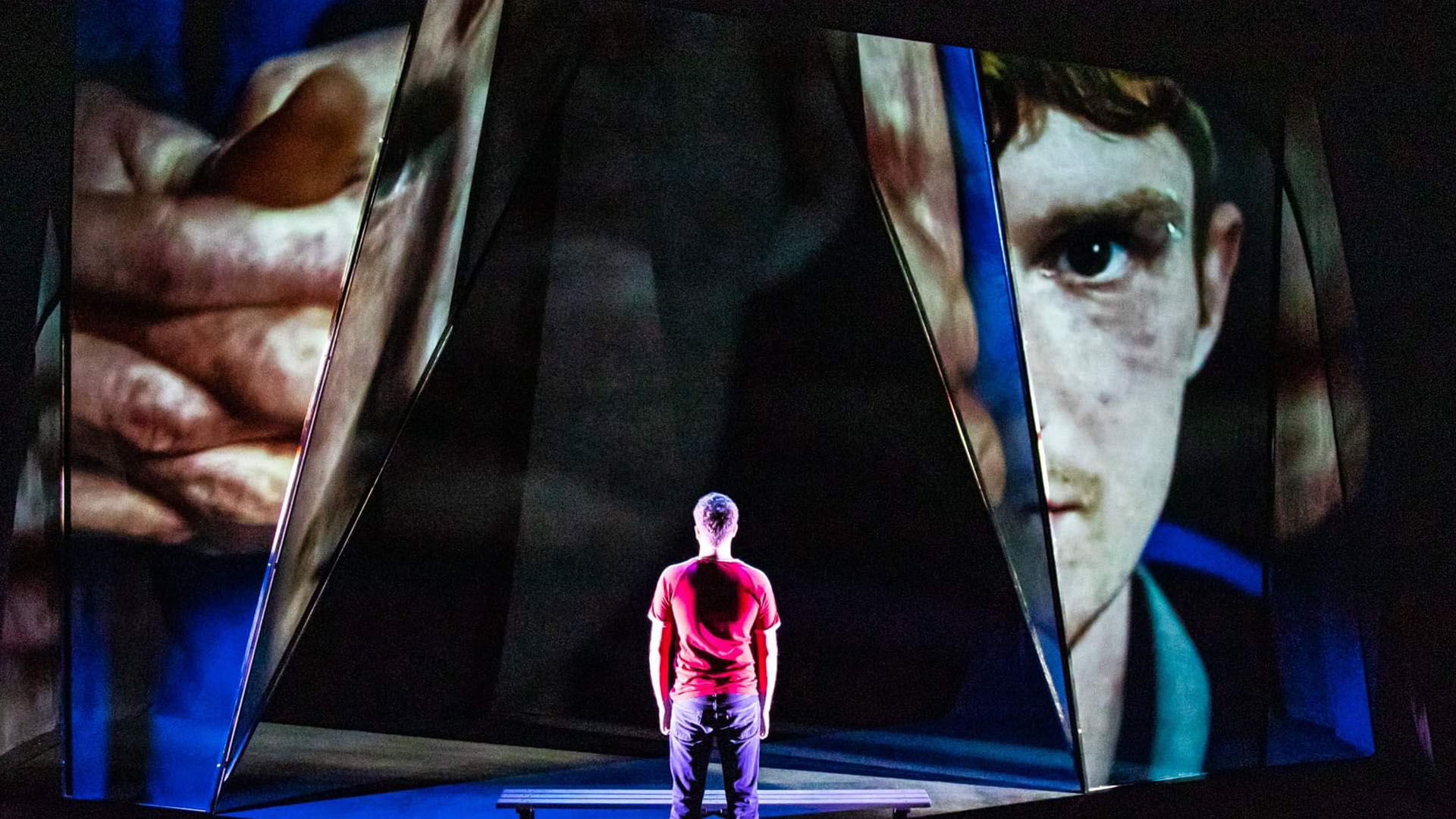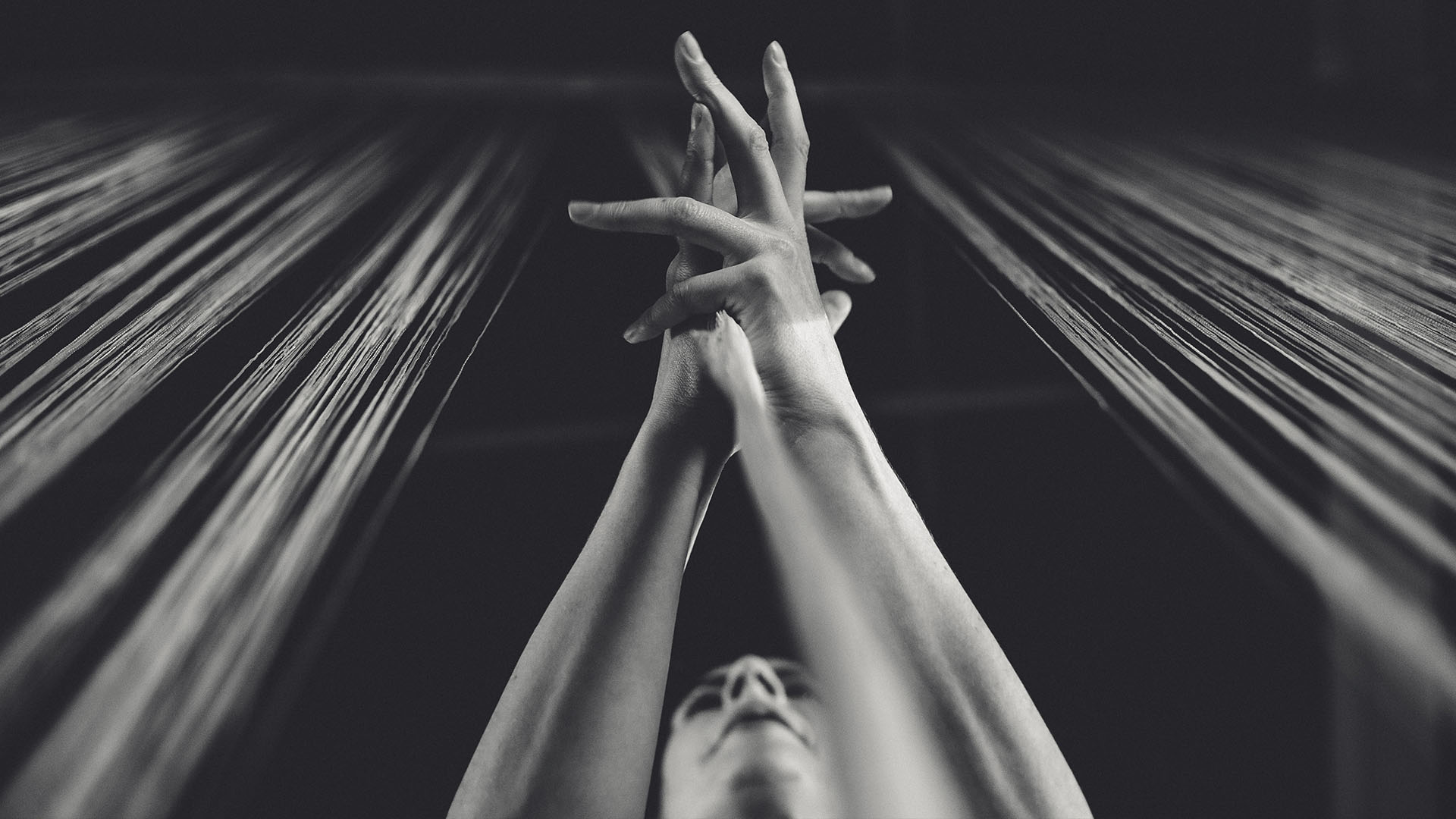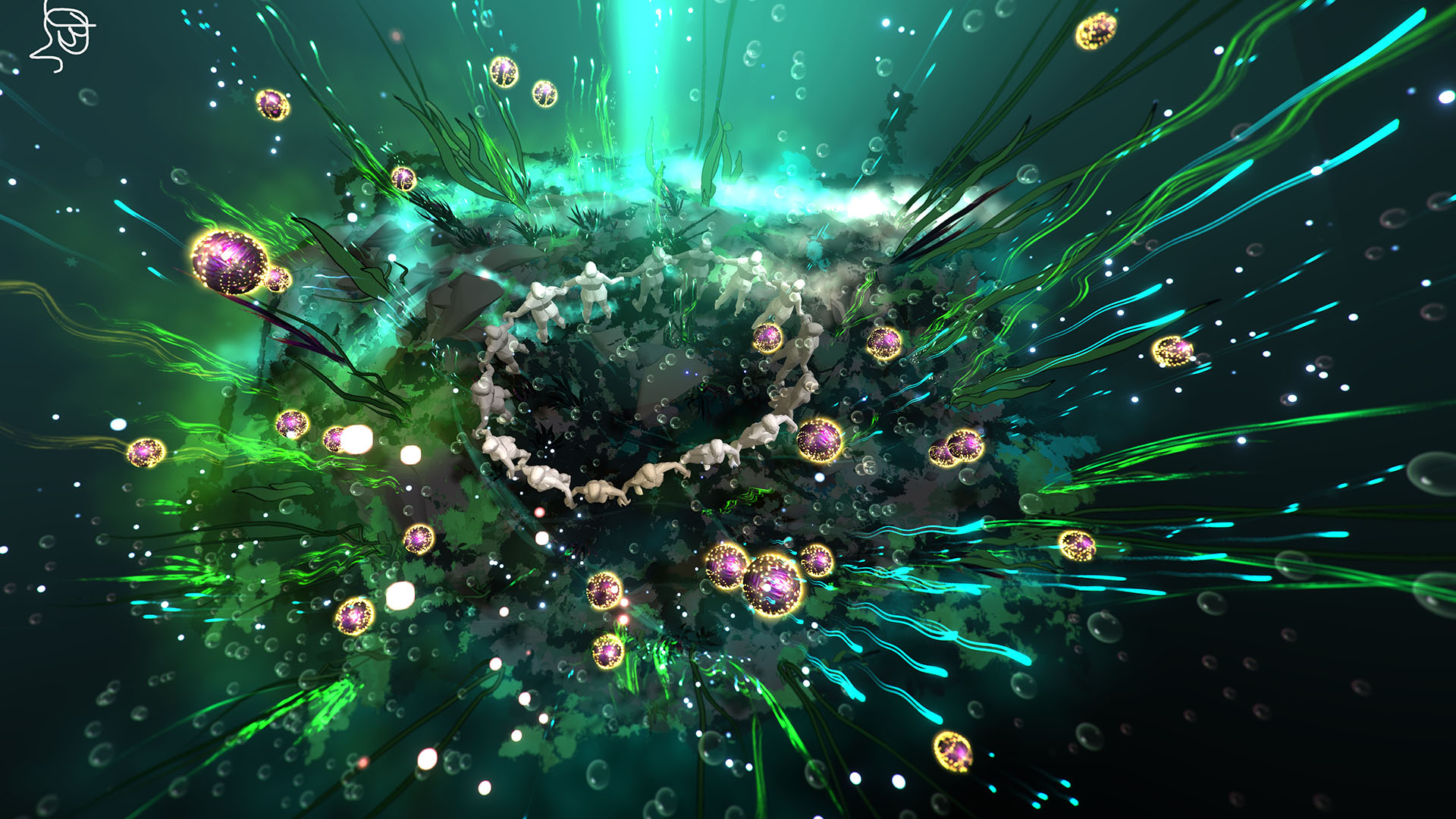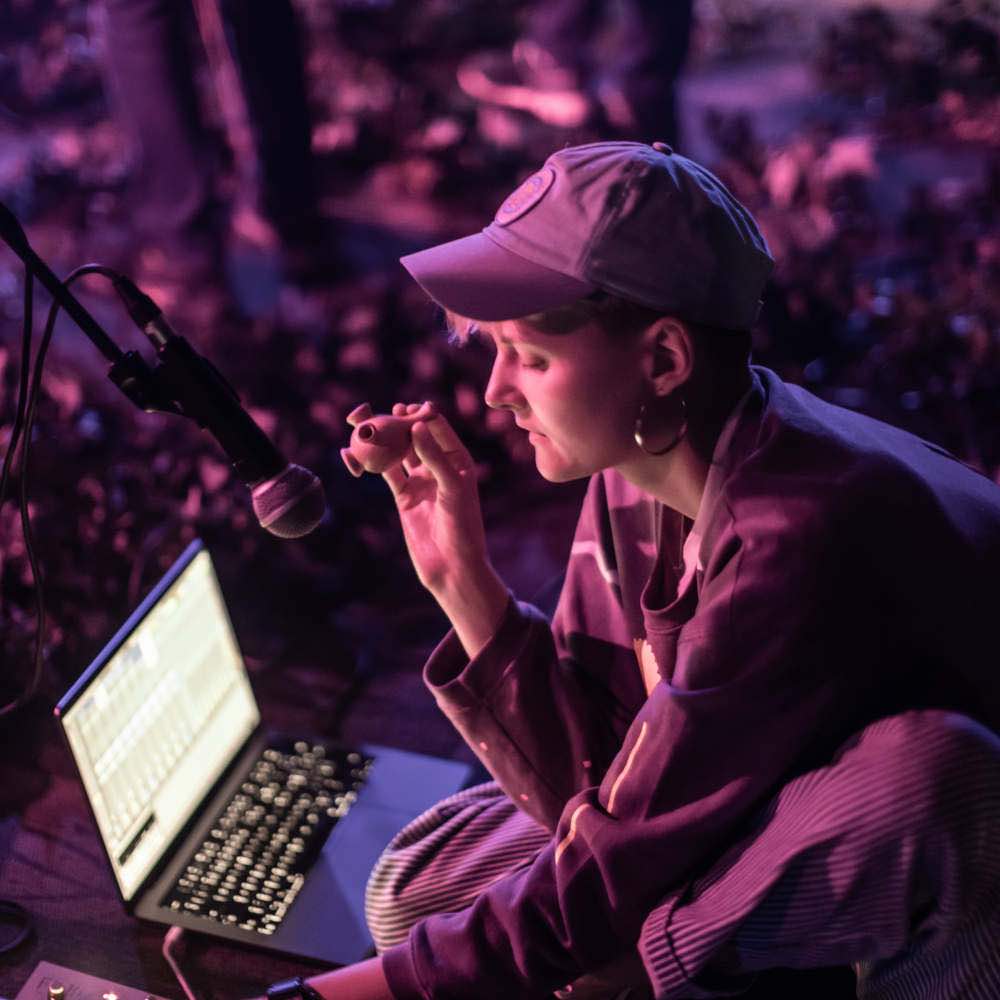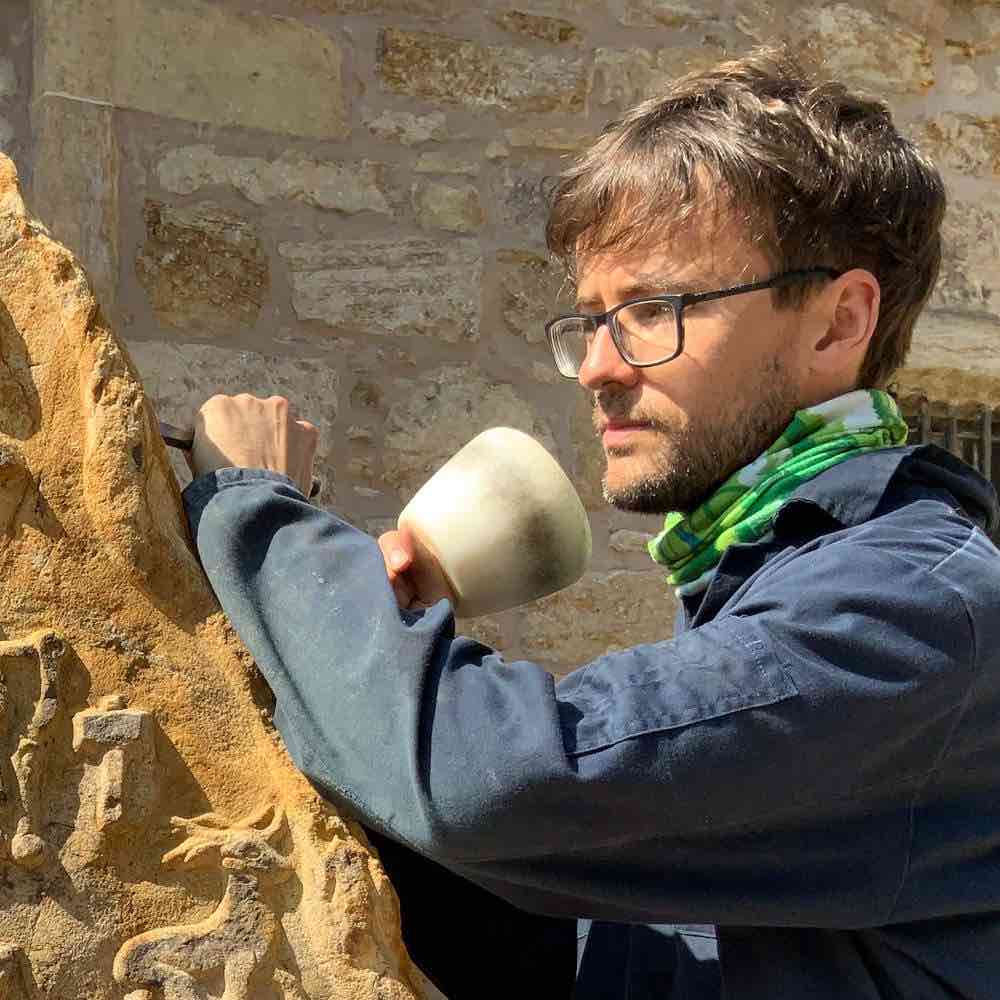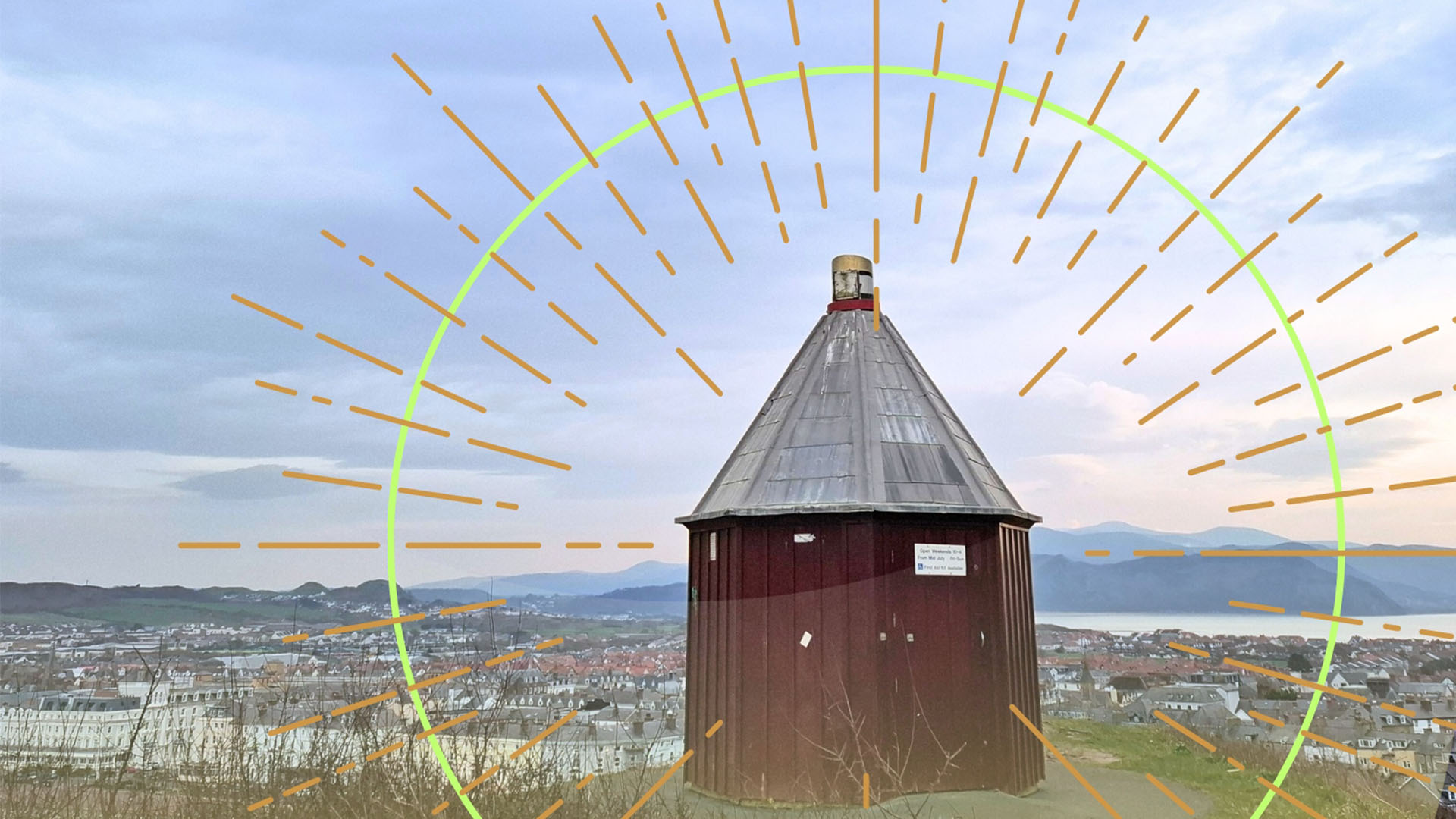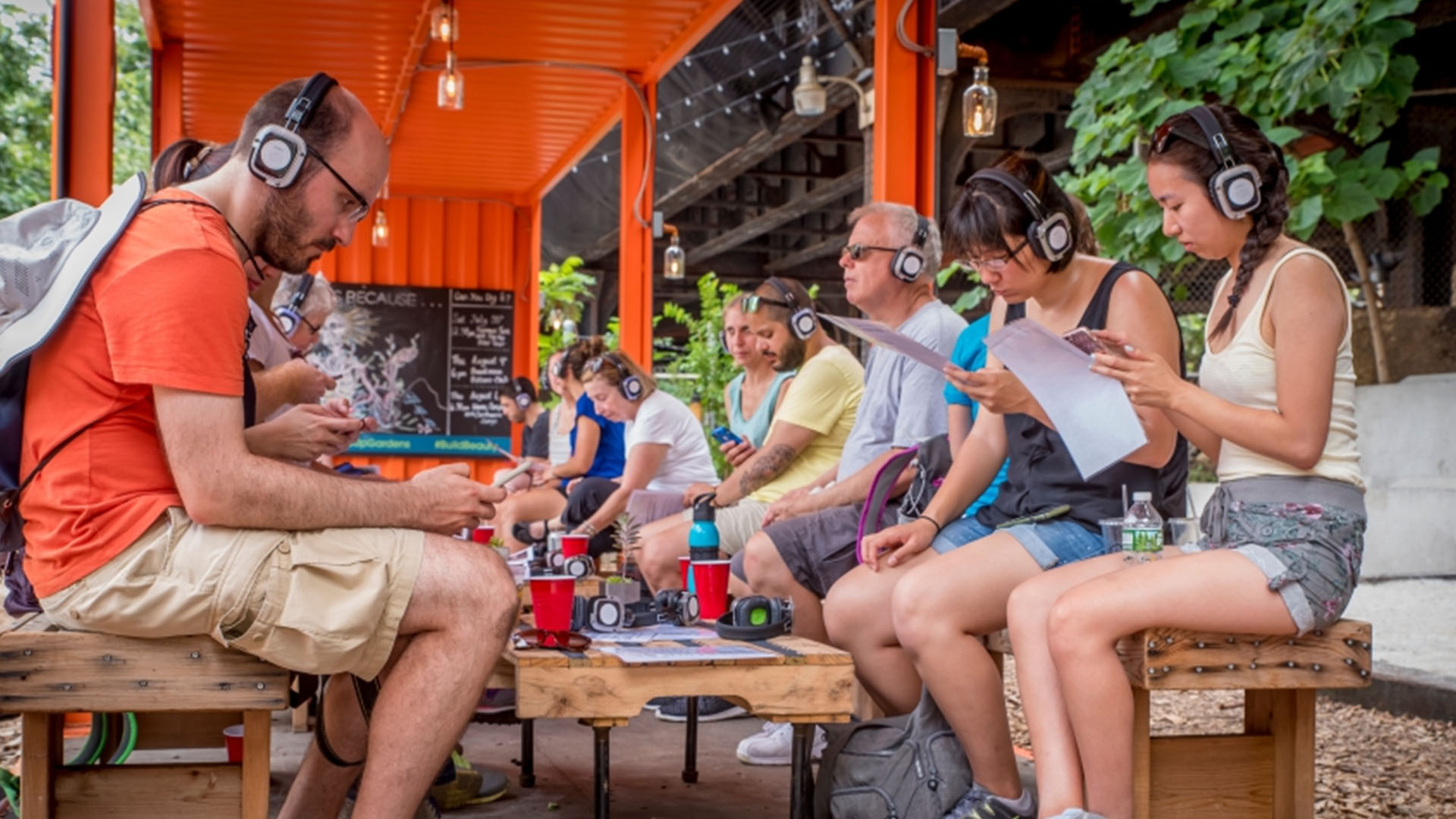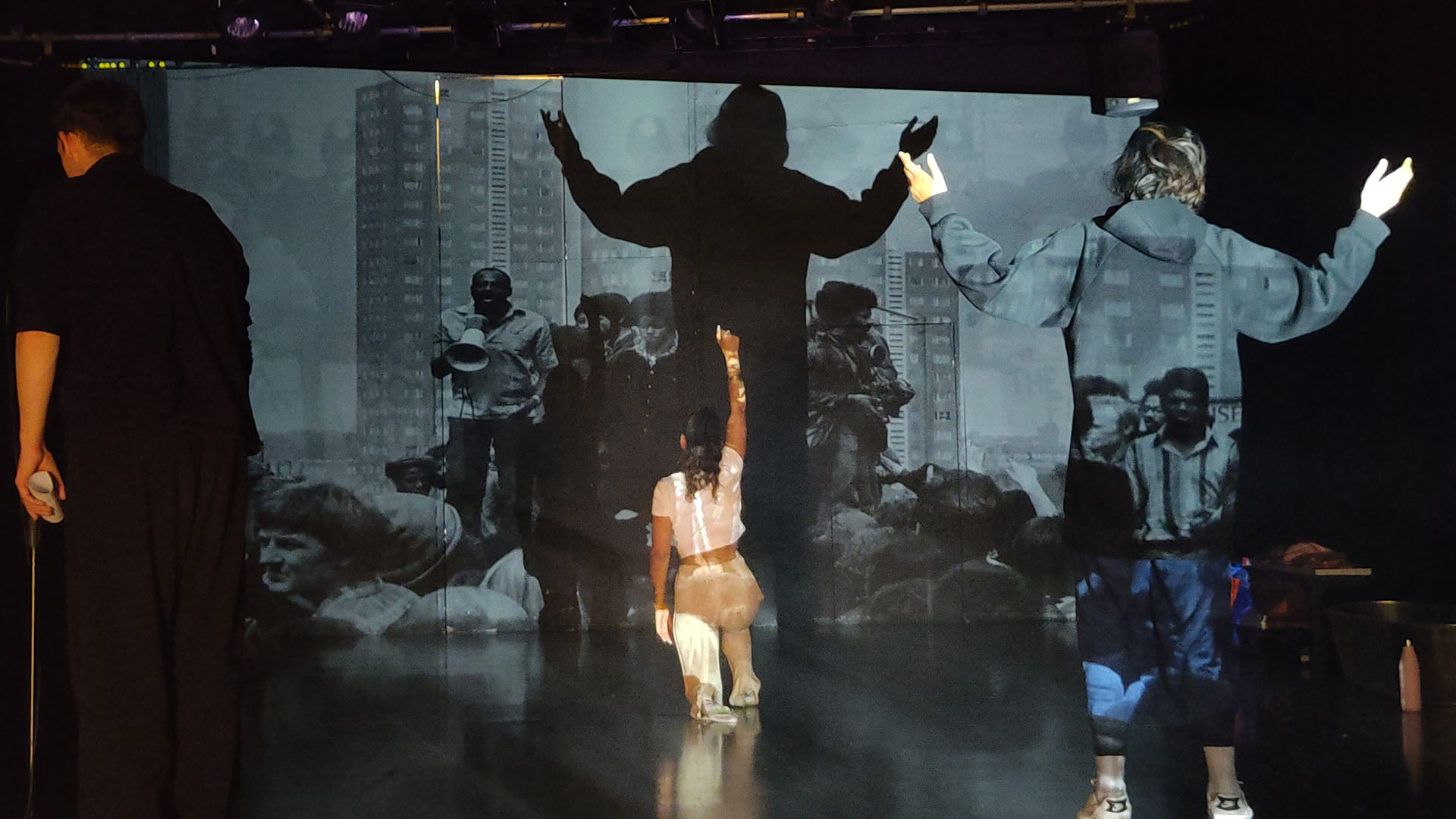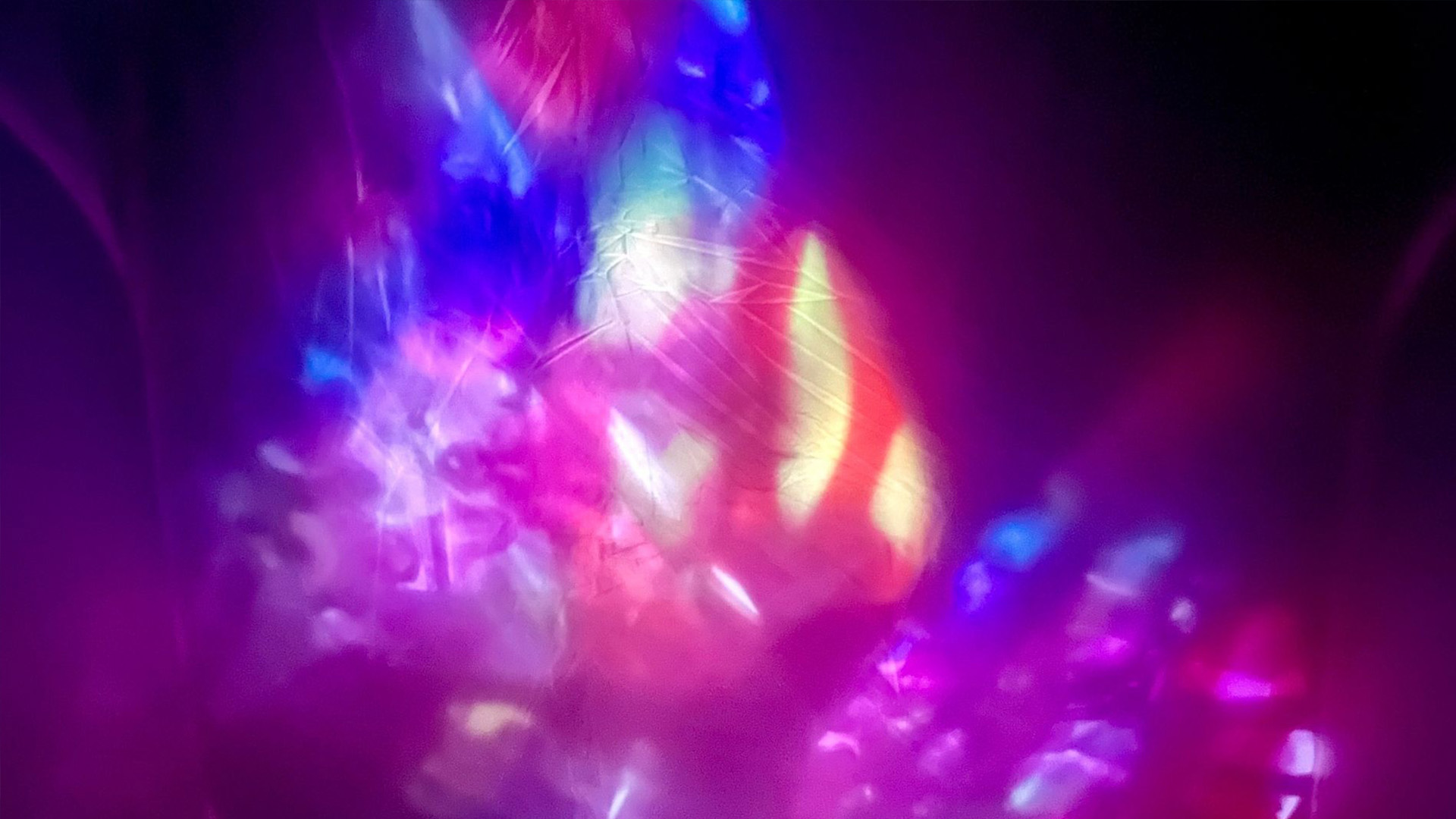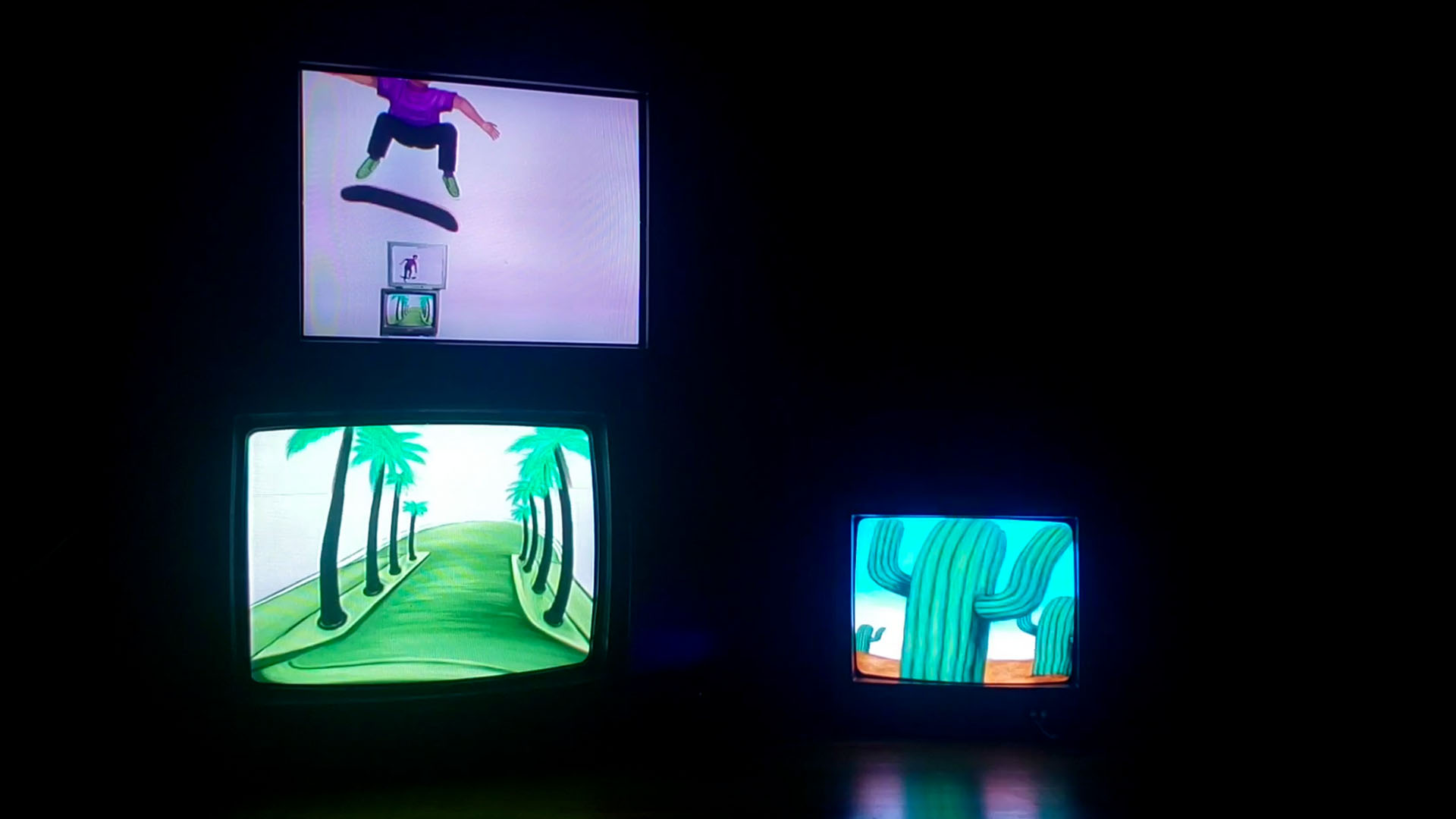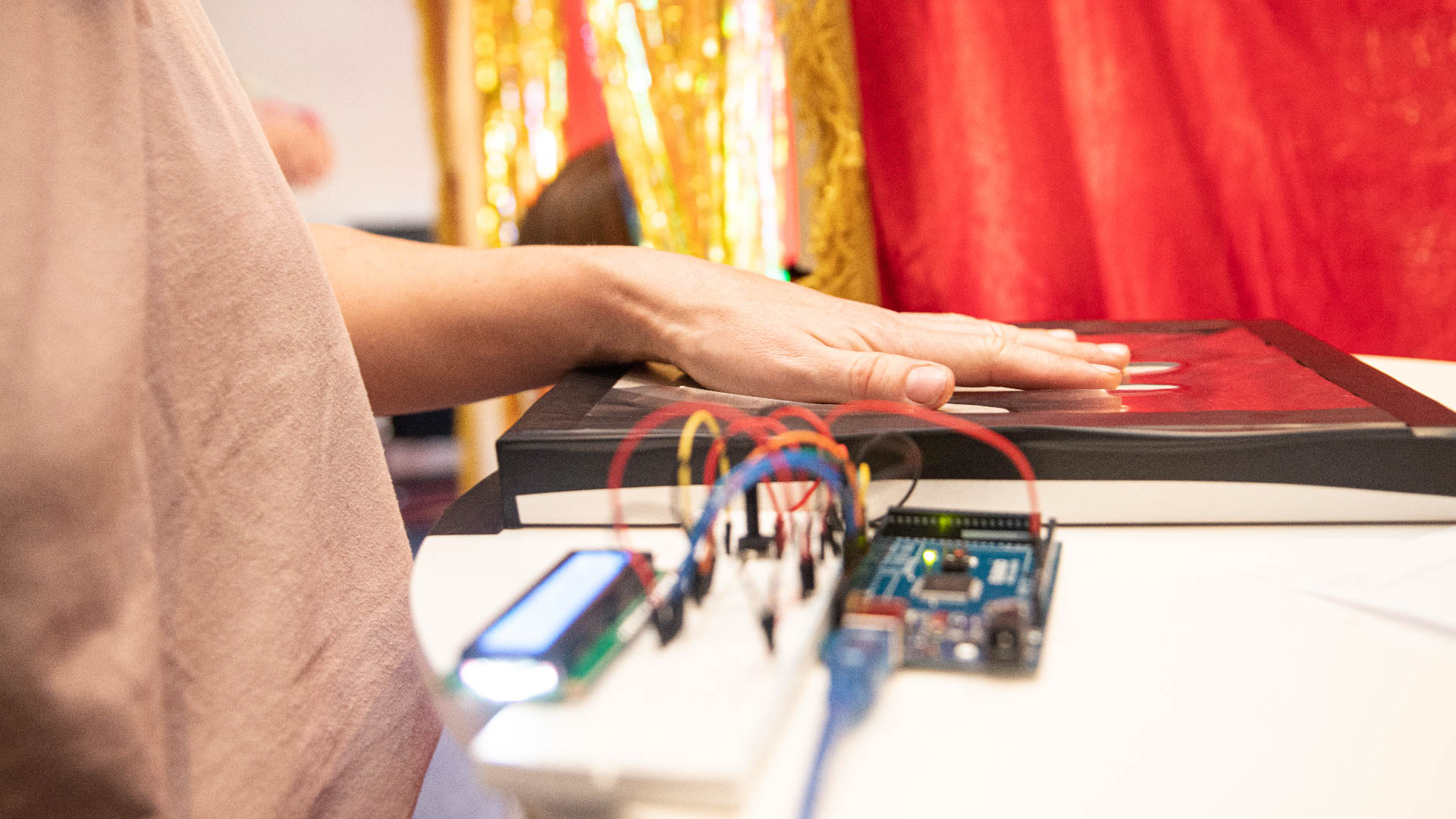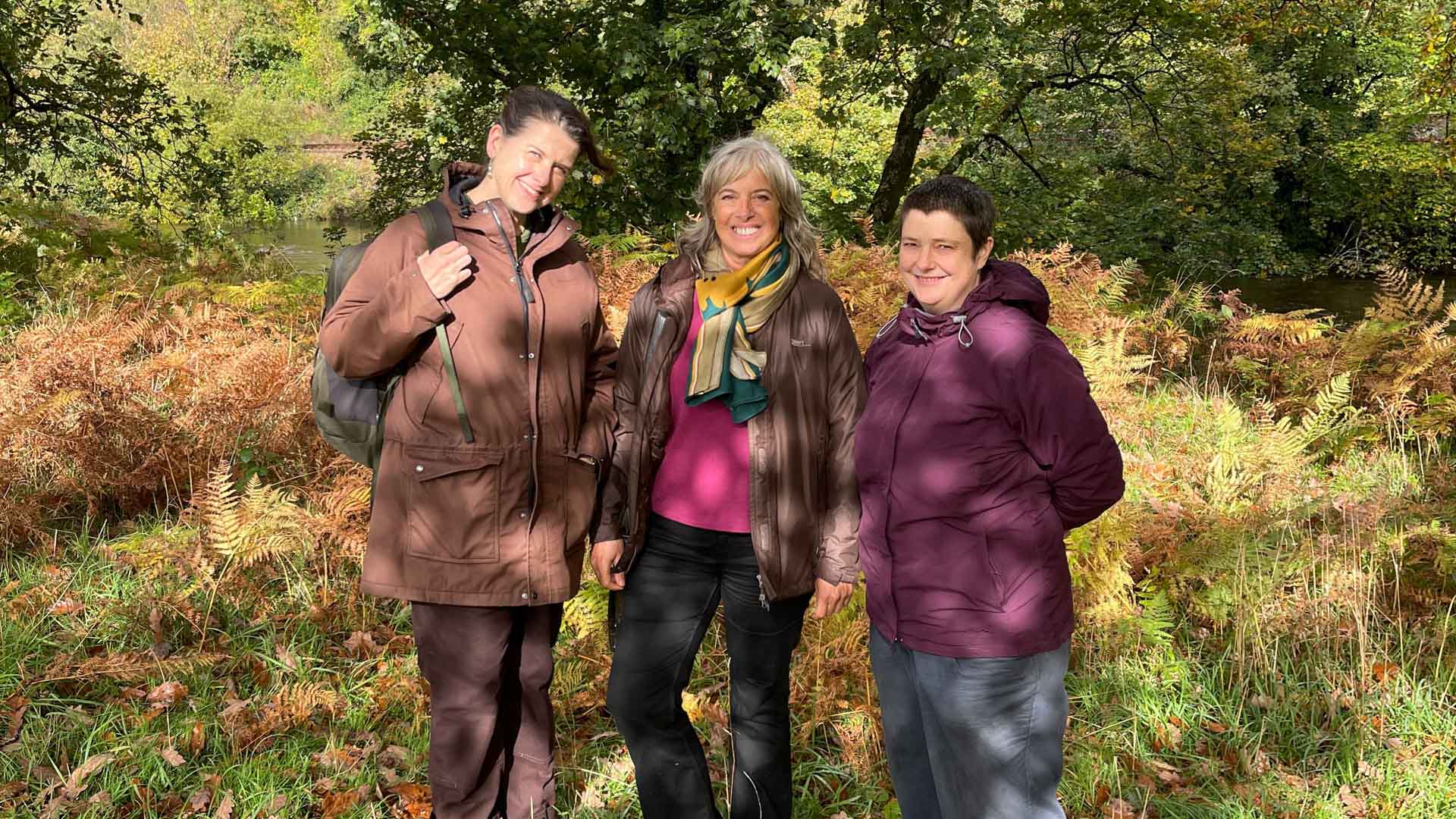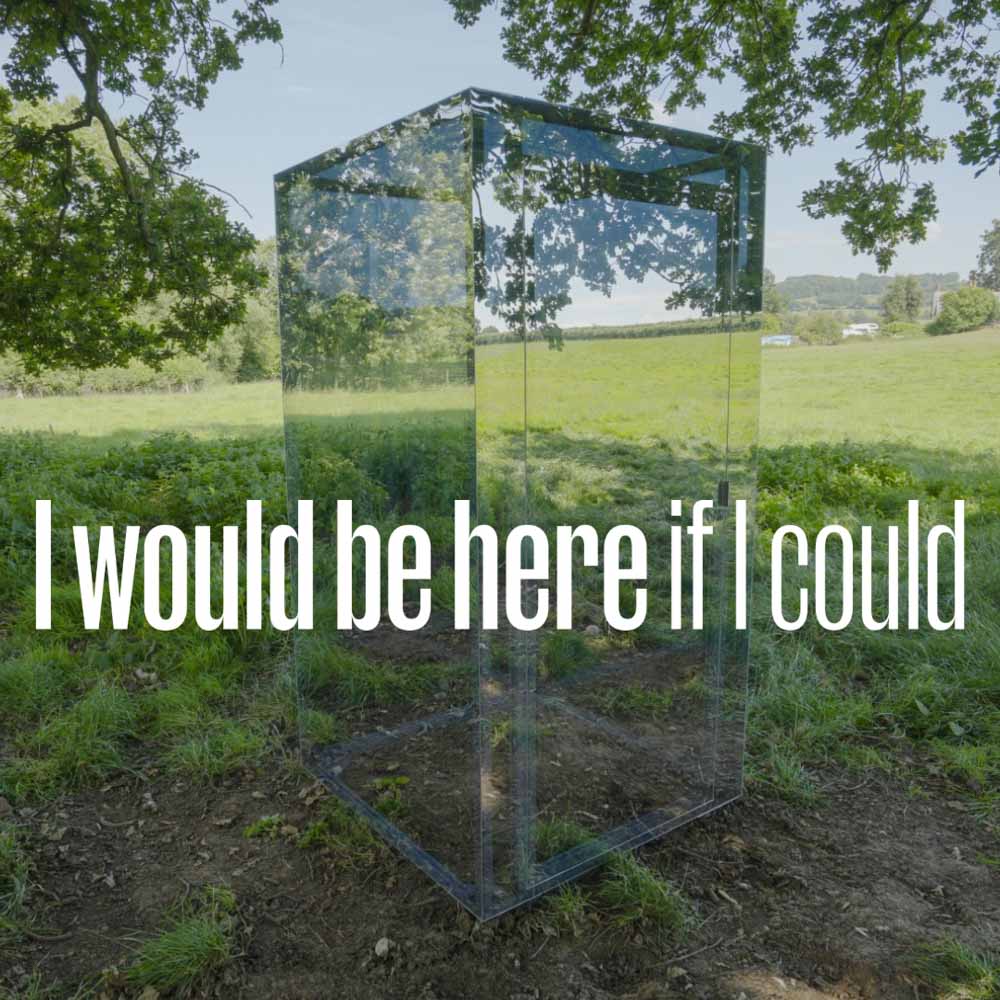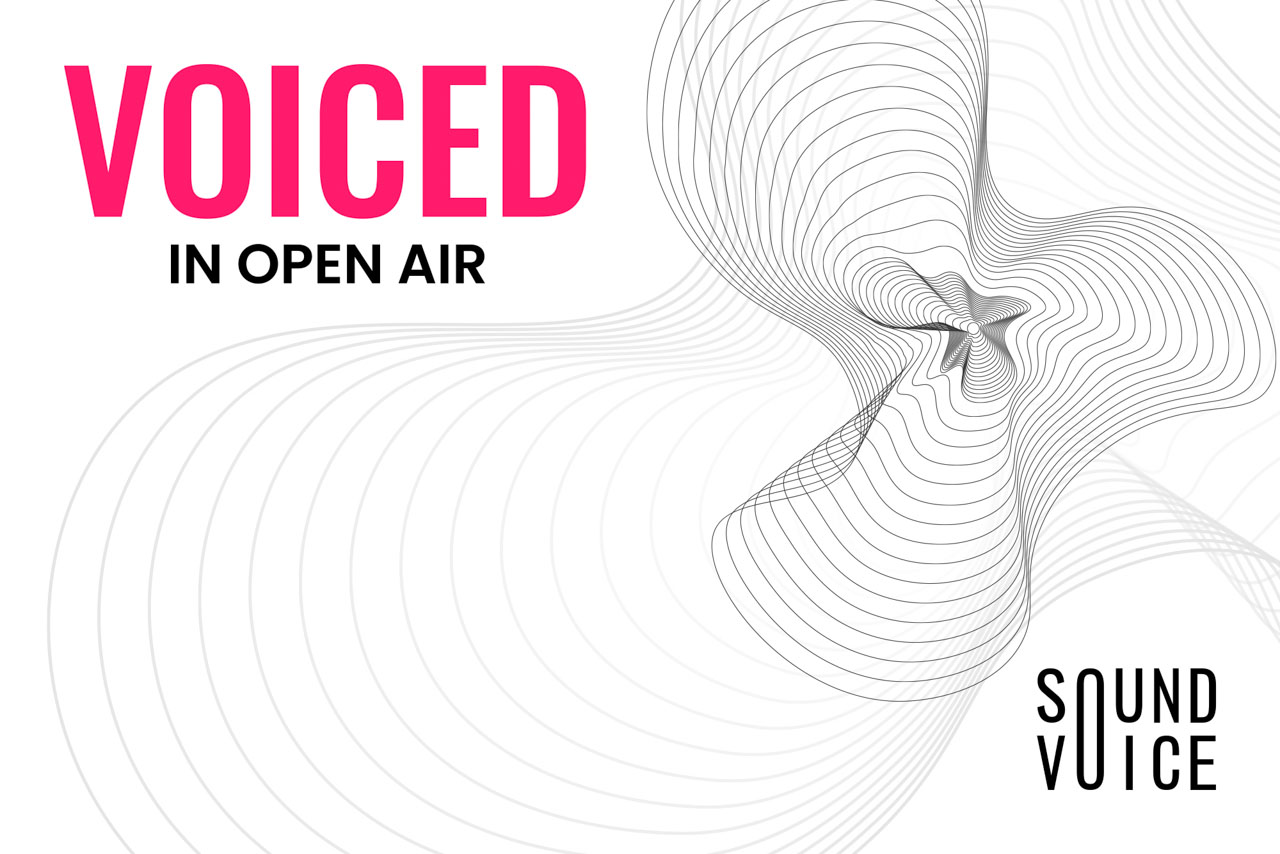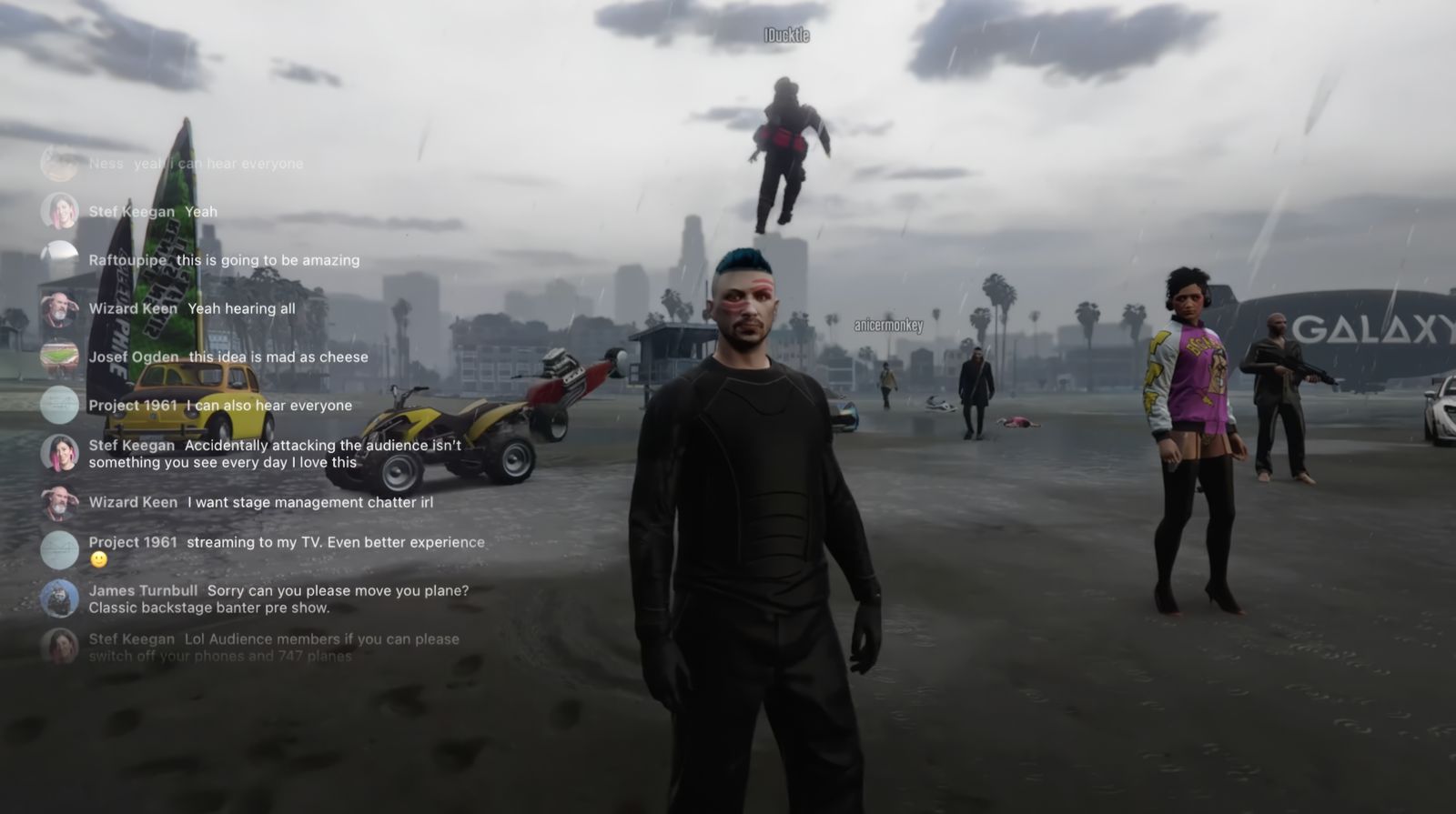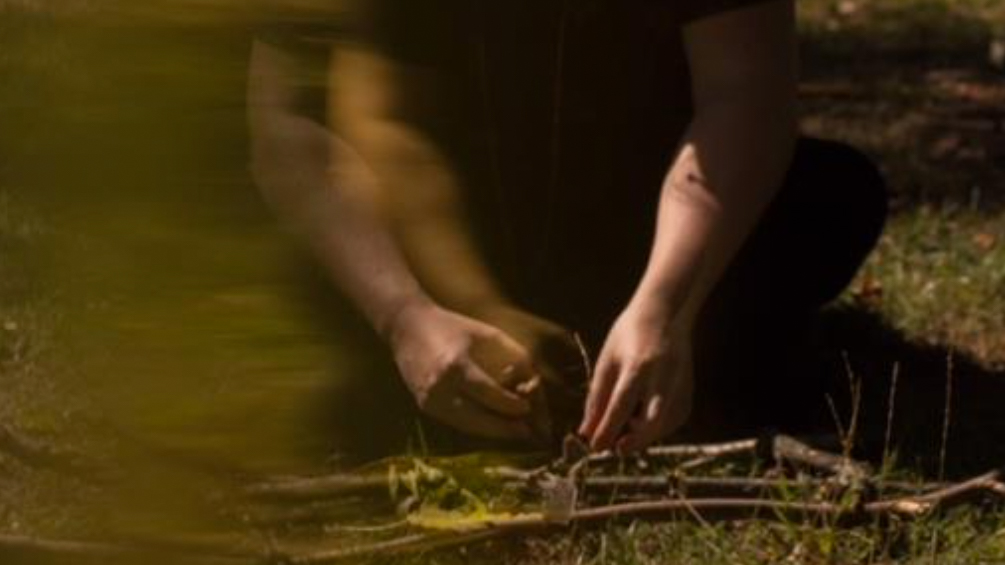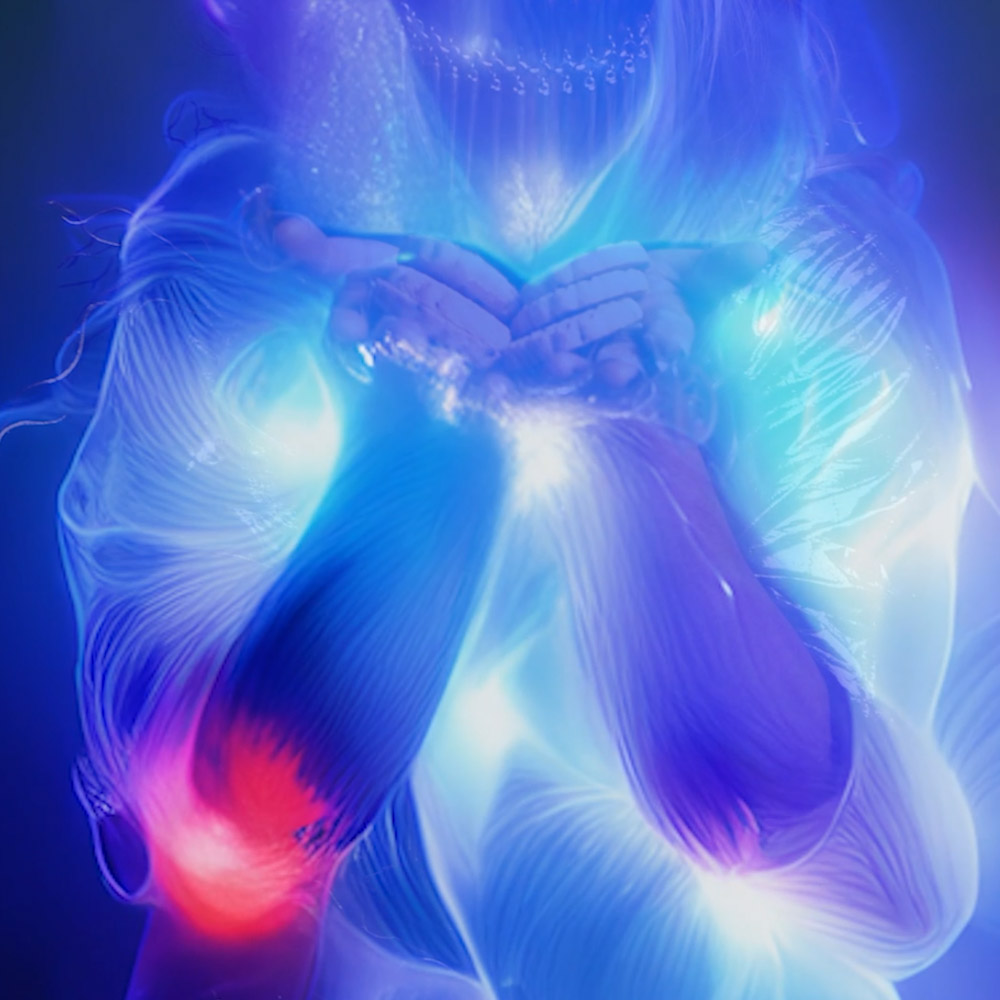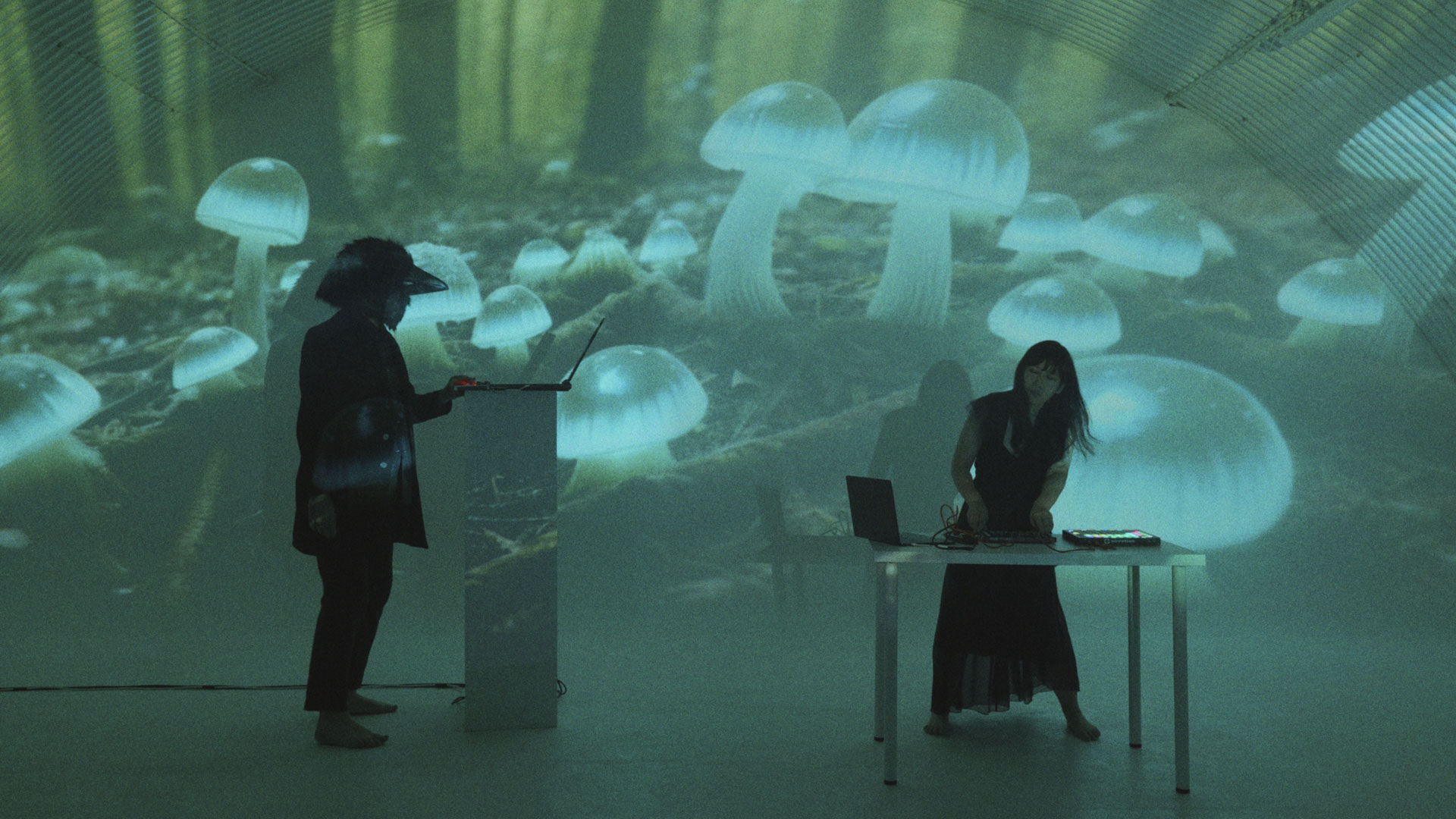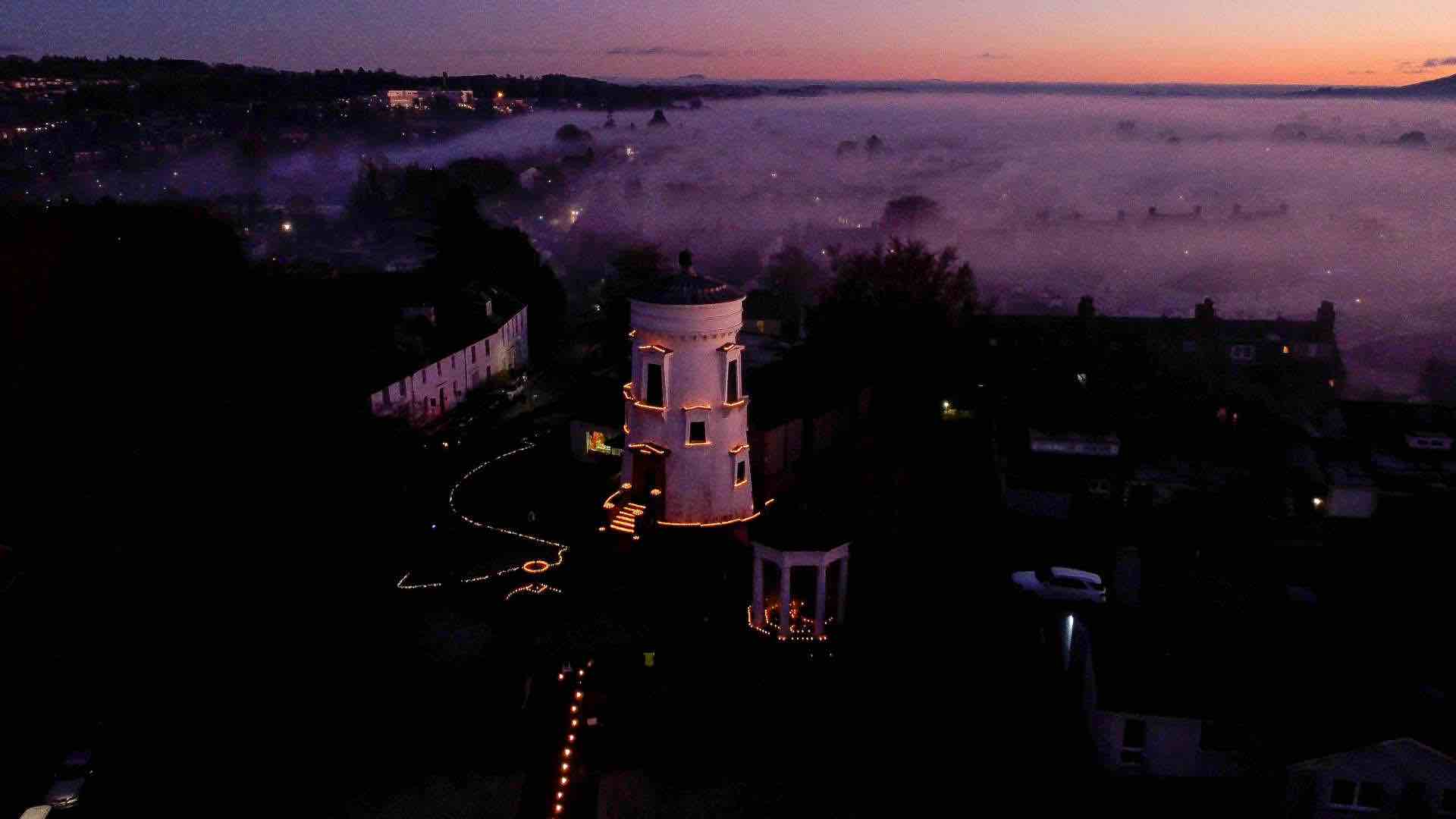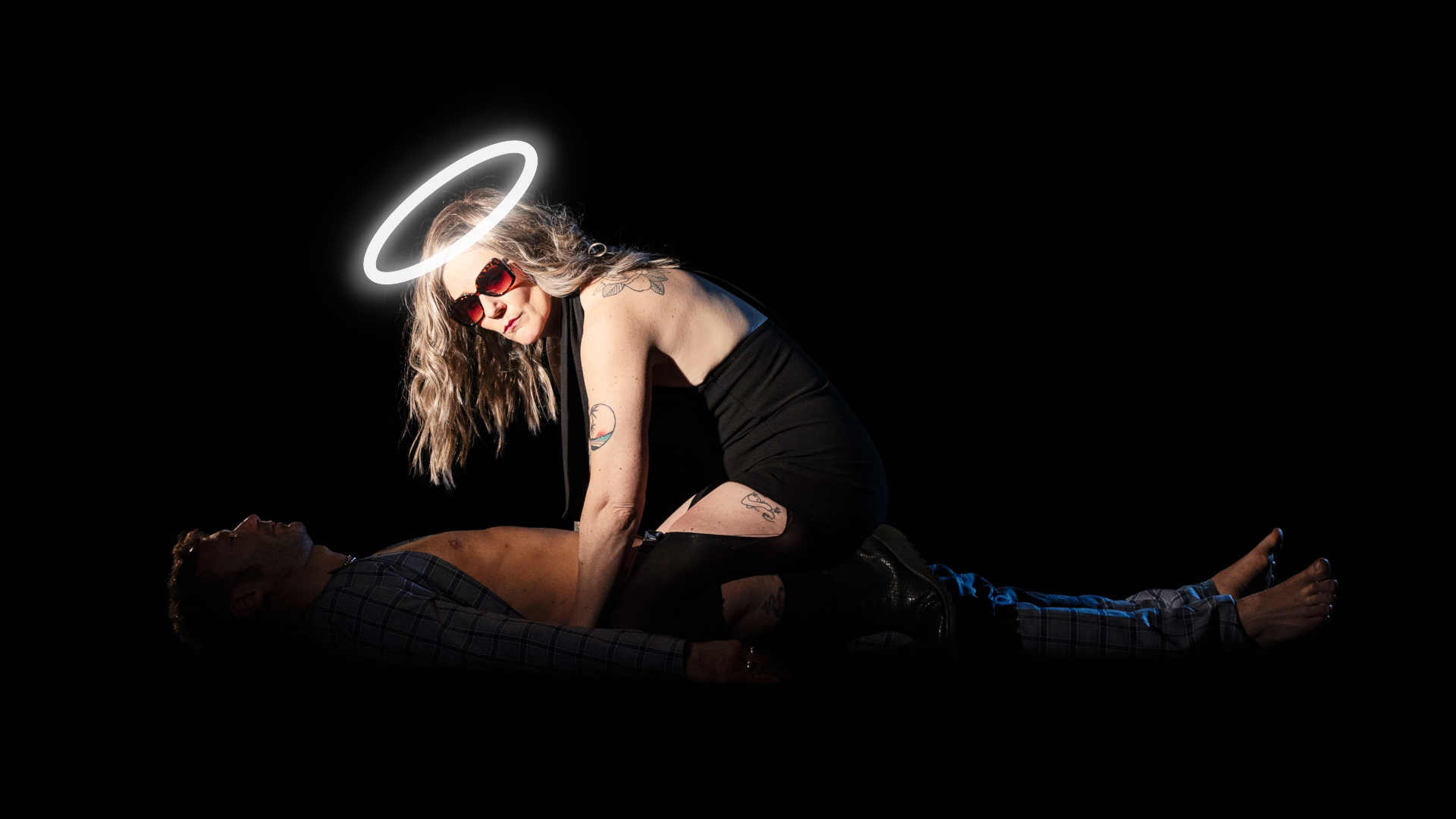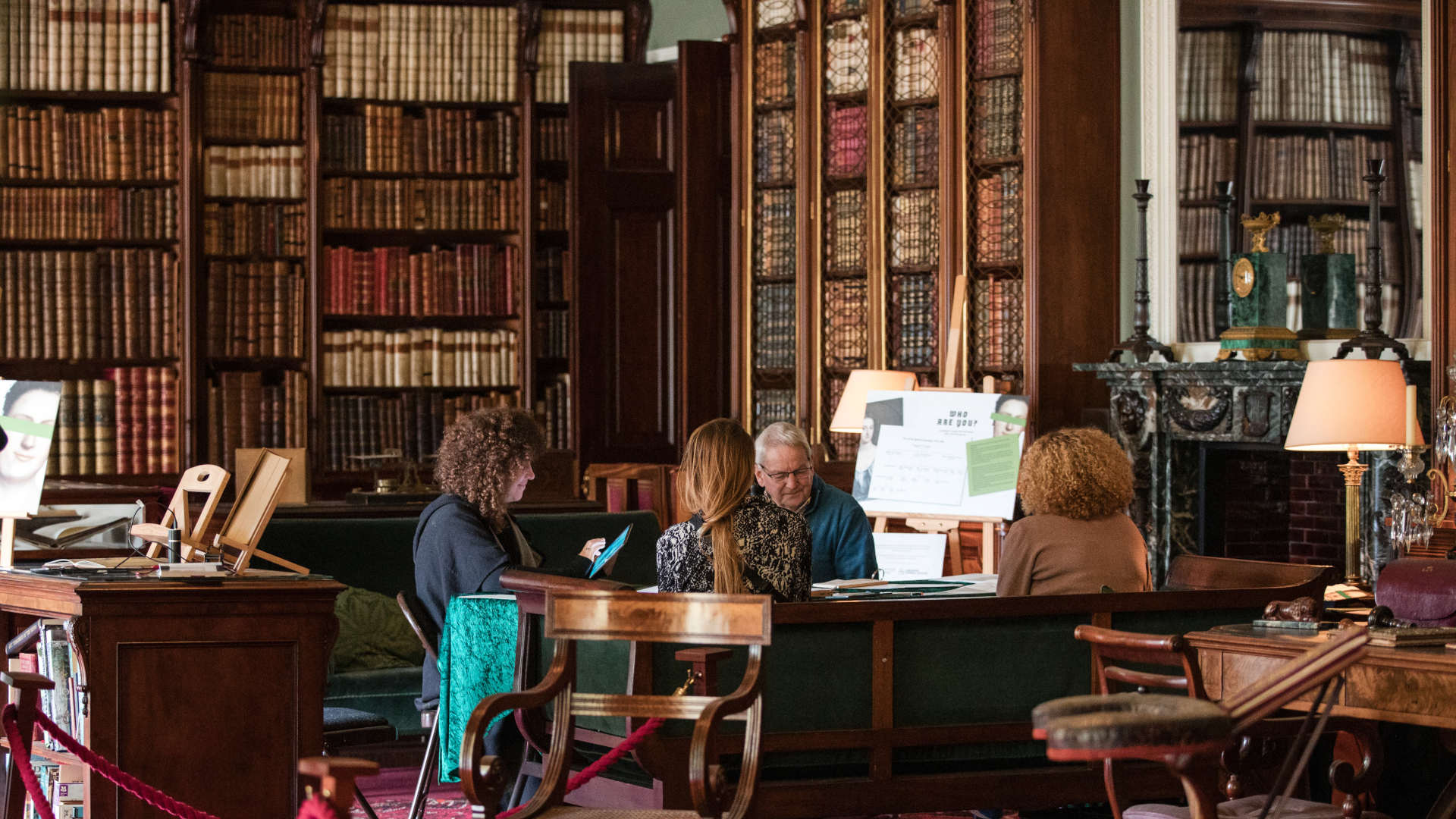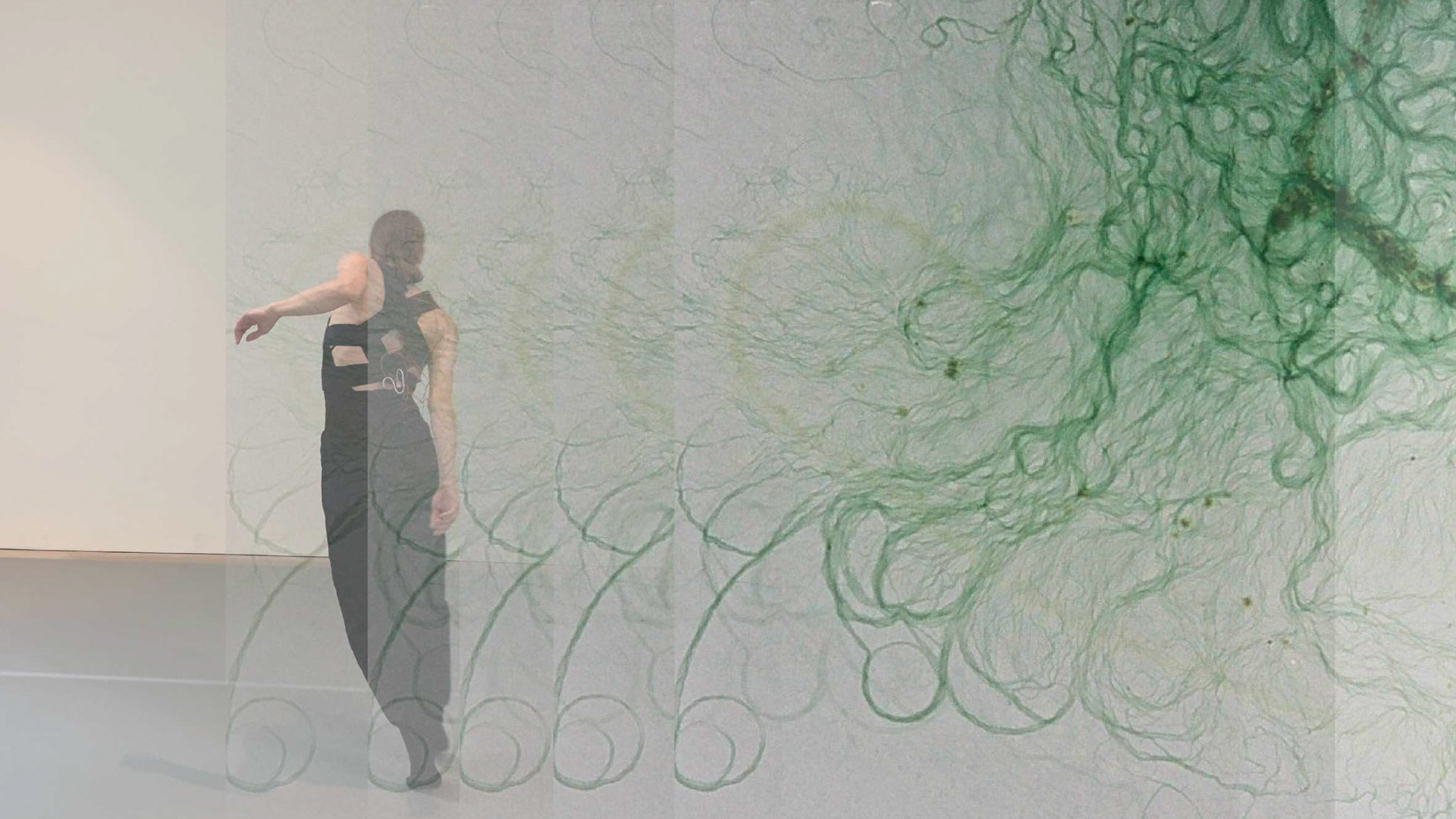Projects
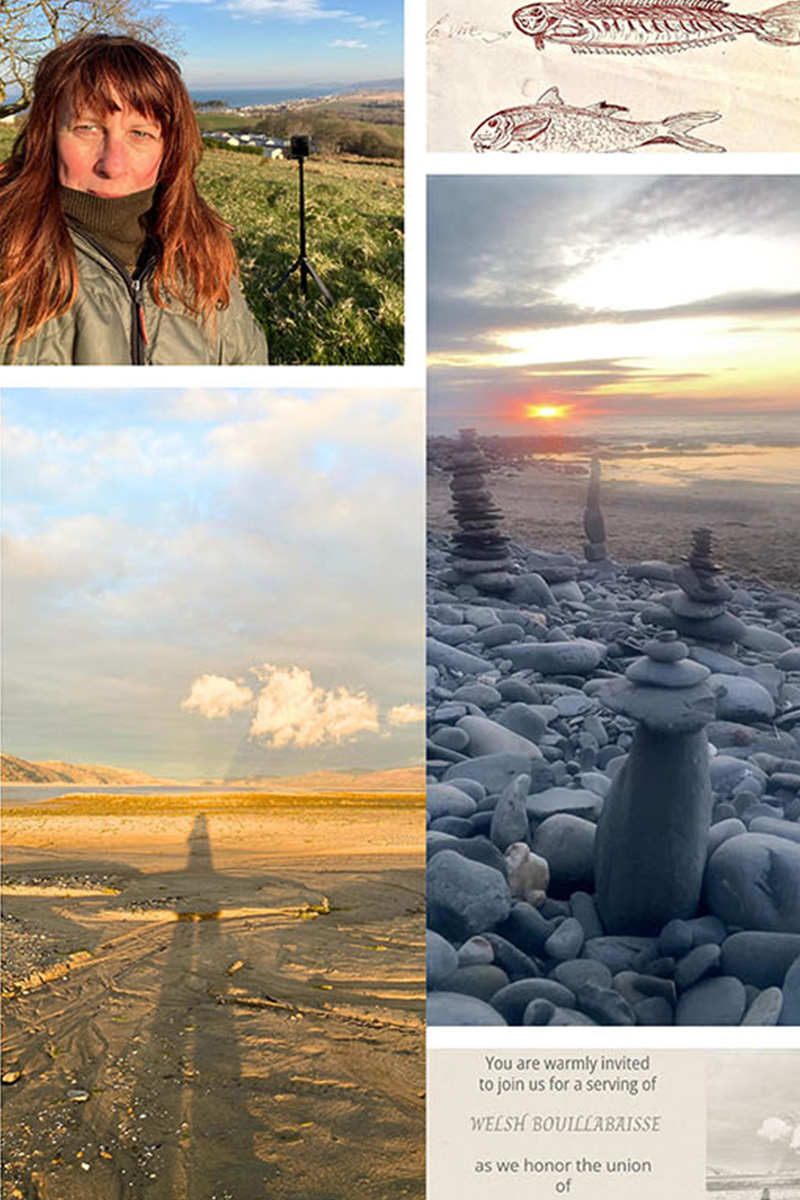

Bridging Connections: R&D for an Immersive Arts Food Experience
Bridging Connections: R&D for an Immersive Arts Food Experience
Bridging Connections is an early-stage immersive arts R&D exploring how shared meals, inclusive technologies, and multi-modal creative provocations can nurture co-creation, belonging, and connection across differences.
Bridging Connections is an R&D project testing how immersive technologies and multi-sensory design can foster communication, equity, and emotional connection during live, participatory arts events. At its centre is a reimagined Welsh Bouillabaisse — a sensory banquet rooted in personal and cultural lineage. The original Marseille version, cooked by my mother each year until Alzheimer’s changed our lives, gave me a quiet, unquestioned sense of belonging.
Experiment
£20,000
Aims of the Project
The R&D tests how technologies can enhance human presence, not replace it.
Deaf individuals may experience ‘dinner table syndrome’. Neurodivergent guests may find group dining unpredictable. People whose language, accent, ethnicity, or identity is unfamiliar may be judged or silenced. Those less accustomed to exclusion may feel discomfort when navigating unfamiliar dynamics.
How might we hold all of this — with care?
Participants will encounter creative provocations throughout the meal — poetic, visual, and sonic fragments inviting reflection, resonance, and relationality. Immersive tools such as AR smart glasses and AI translation systems will be explored for their potential to support access without overwhelming the experience. The goal is not seamless fluency but generous friction — allowing time, difference, and uncertainty to shape co-presence.
At its core, Bridging Connections reimagines communal dining as a site of shared agency — where everyone has space to breathe, and no one is left behind.
The primary aim of Bridging Connections is to explore how immersive technologies can enhance social connection, communication, and accessibility in live arts experiences. By developing a sensory-rich dining event, the project seeks to test innovative methods for bridging communication gaps — particularly for people with lived experience of exclusion due to communication, cultural, or social barriers, as well as those less familiar with such dynamics. The work invites all participants to explore how we might move beyond fear of the ‘other’ in unfamiliar contexts — especially within settings like shared meals, which can be emotionally and socially charged.
The project will explore several key objectives:
- Testing AR Smart Glasses: Assess their effectiveness in displaying real-time captions and BSL interpretation during group dining scenarios.
- AI Translation for Multilingual Engagement: Evaluate the potential for AI-driven speech-to-text and audio translation in live, interactive contexts.
- 360° Video Integration: Explore how immersive visual and accessible content can enhance communal dining
- Inclusive Design Process: Engage a focus group of individuals with diverse access needs to co-design the experience, ensuring that technologies enhance rather than hinder connections.
- Access Ecology as Creative Structure: Investigate how access tools can be folded into the dramaturgy of the event, shaping emotional flow and participation without disrupting presence or interaction.
By achieving these aims, Bridging Connections aspires to model inclusive approaches to immersive arts, with practical outcomes informing future creative projects. The project’s learnings will contribute to a broader conversation about how live experiences can embrace sensory diversity and accessibility. Ultimately, this work aims to cultivate deeper connections between people, offering a blueprint for immersive, inclusive story-making that transcends social and communication barriers.
Cathy will be working with technologist Gareth Allen on the application of AR glasses to deliver BSL and captioning in live event settings. Gareth is the director of Soundview Media and the Includieverse. He champions sustainability and inclusivity in immersive technologies, including 360 VR production though. His latest initiative, enhances cinema experiences for D/deaf and neuro-diverse audiences and for those whose first language is not English, by providing customisable captions and BSL interpretation through AR smart glasses. We will investigate how we can adapt this tech for use in live contexts with interactive and multilingual demands.
The intention is for the R&D to inform A Serving of Welsh Bouillabaisse which, in turn, is intended to lay the groundwork for a replicable and scalable model that empowers minoritised communities to create their own feasts, shaped by the insights gained.
